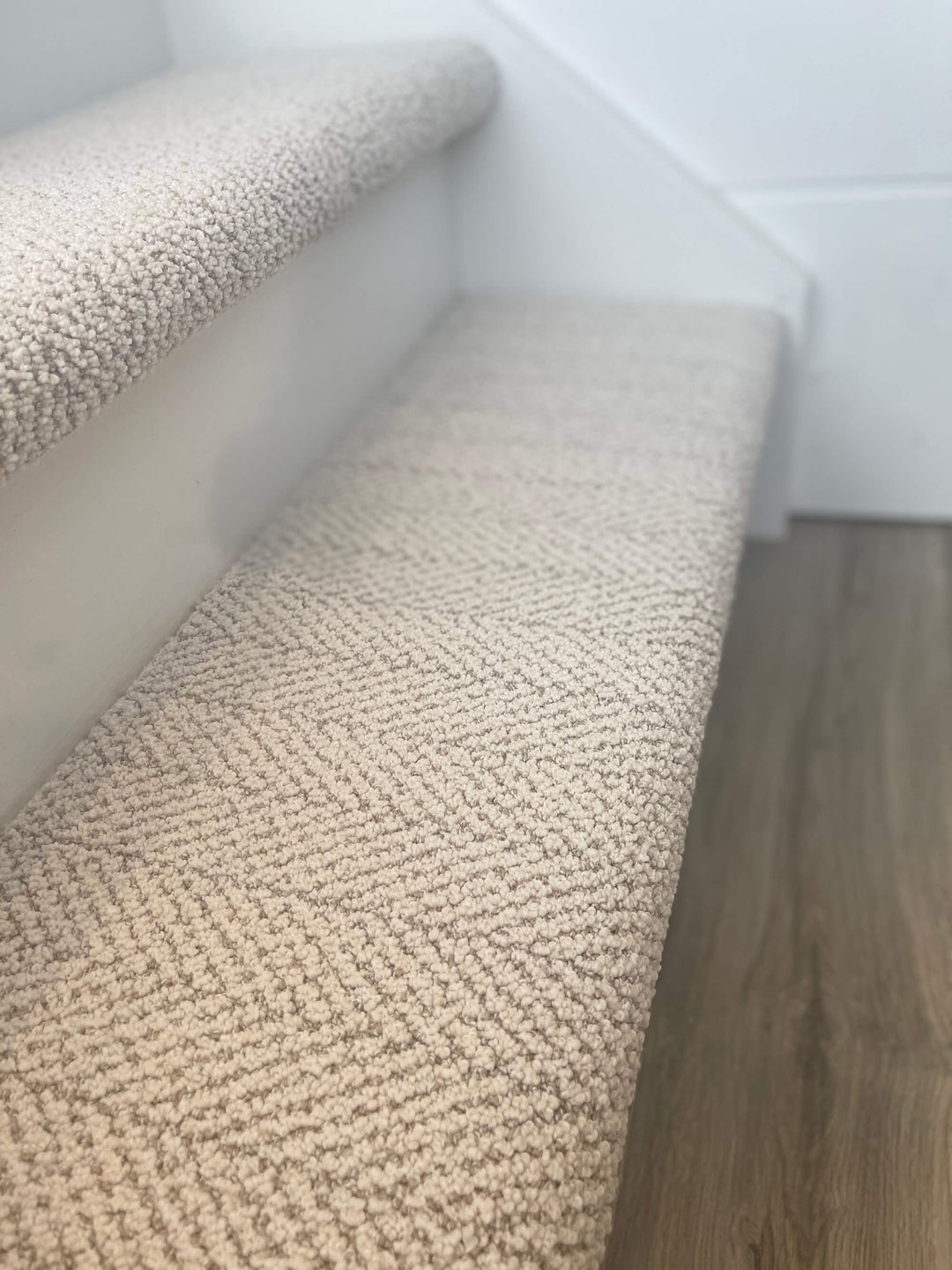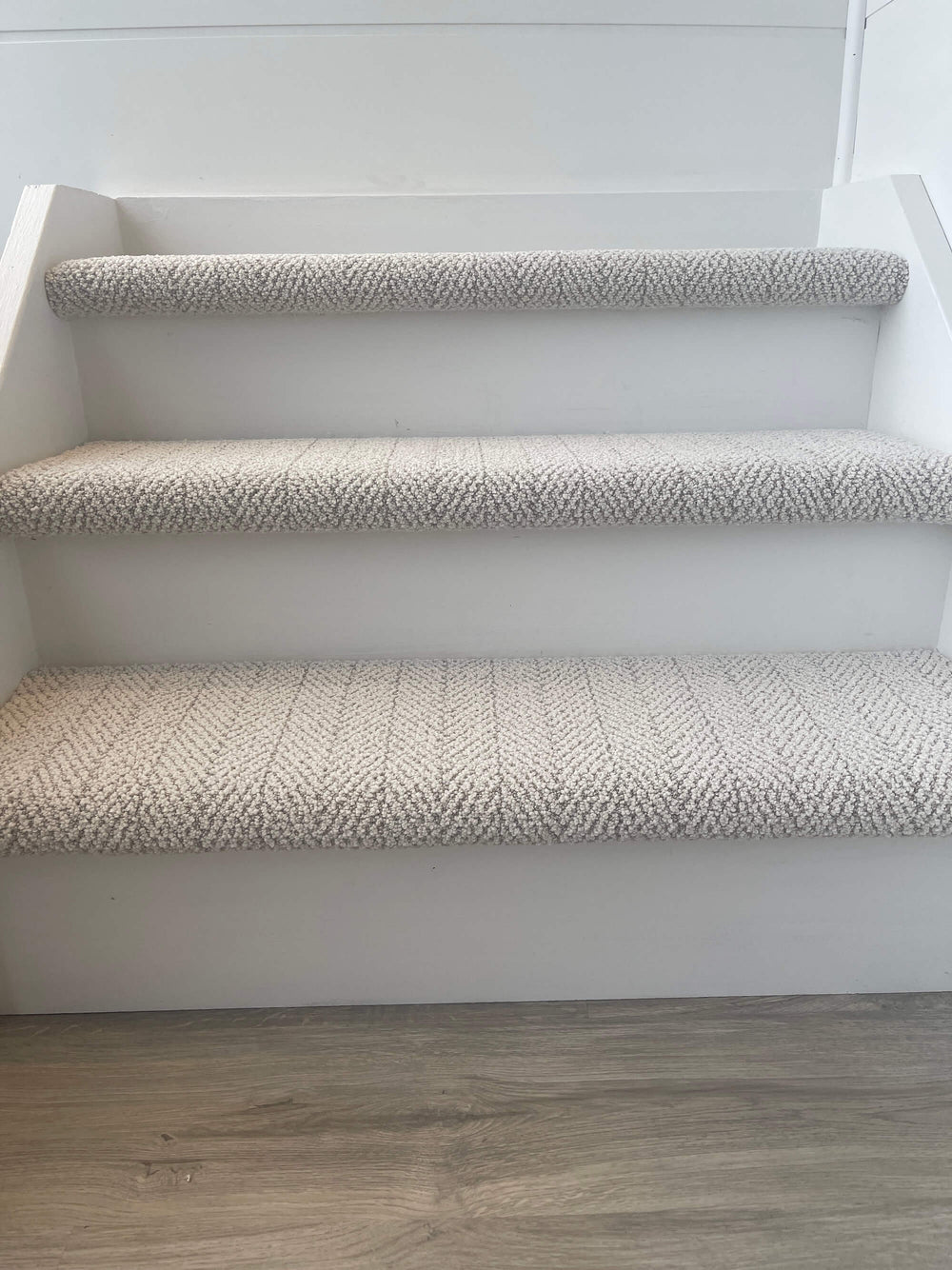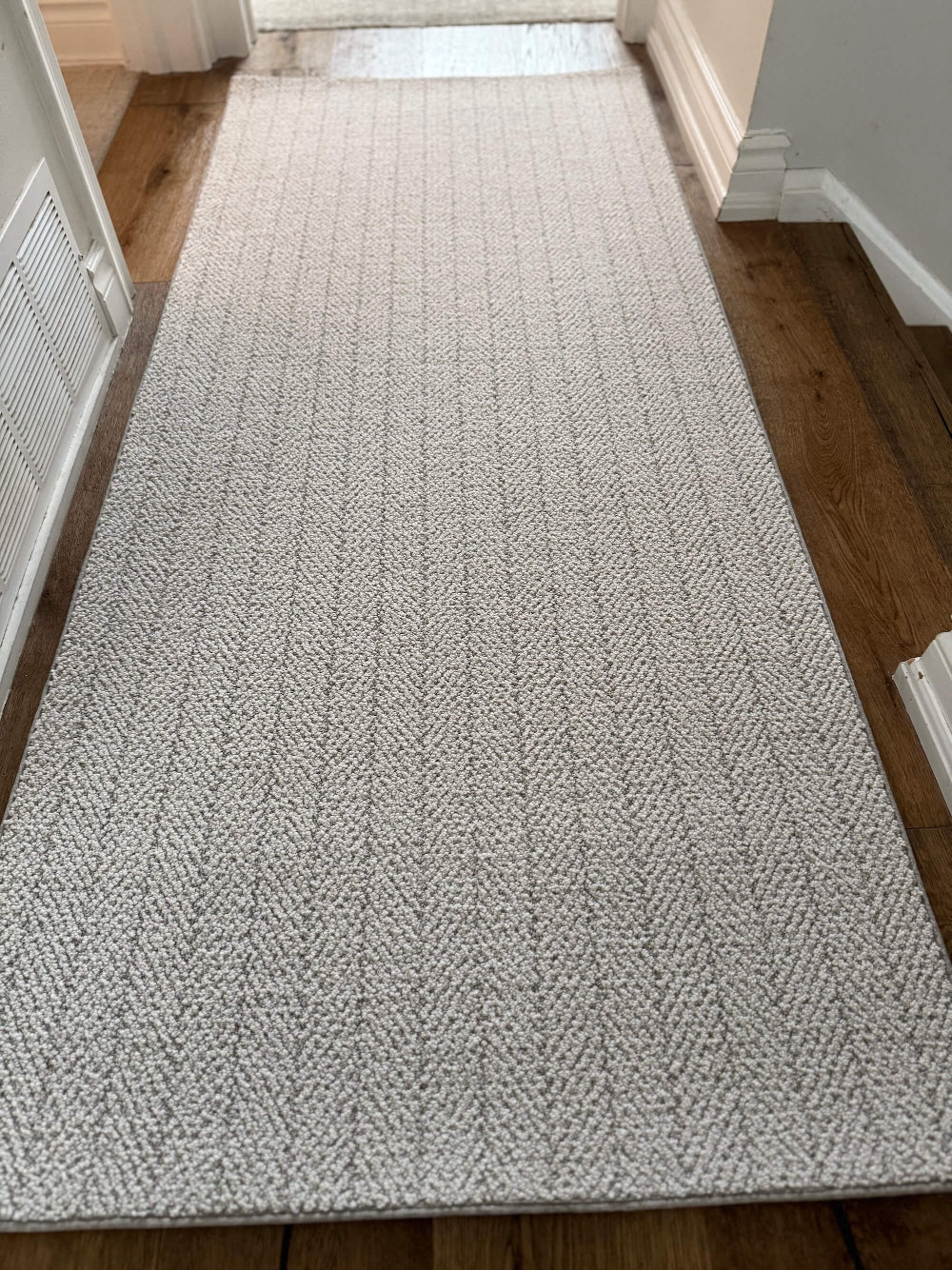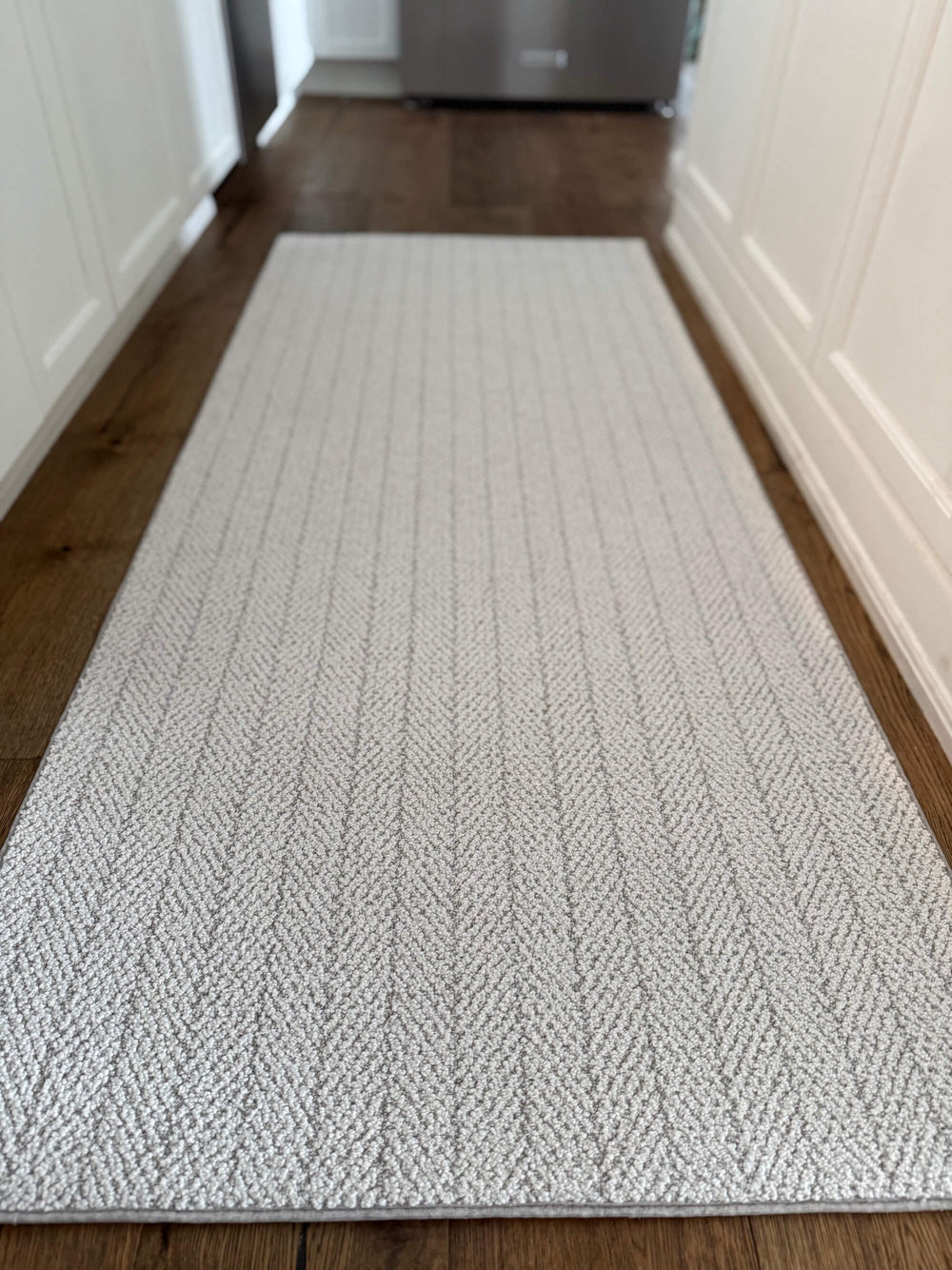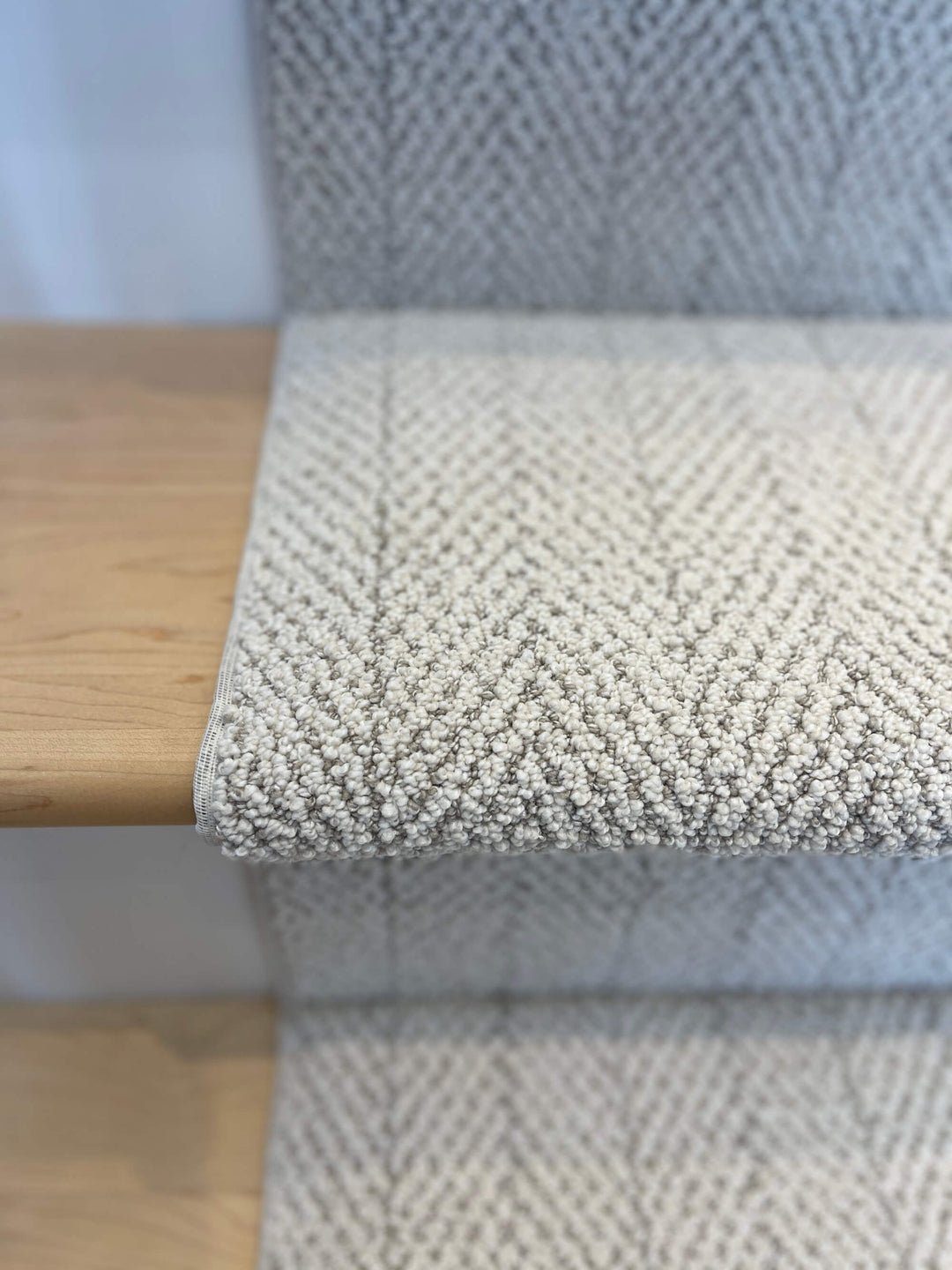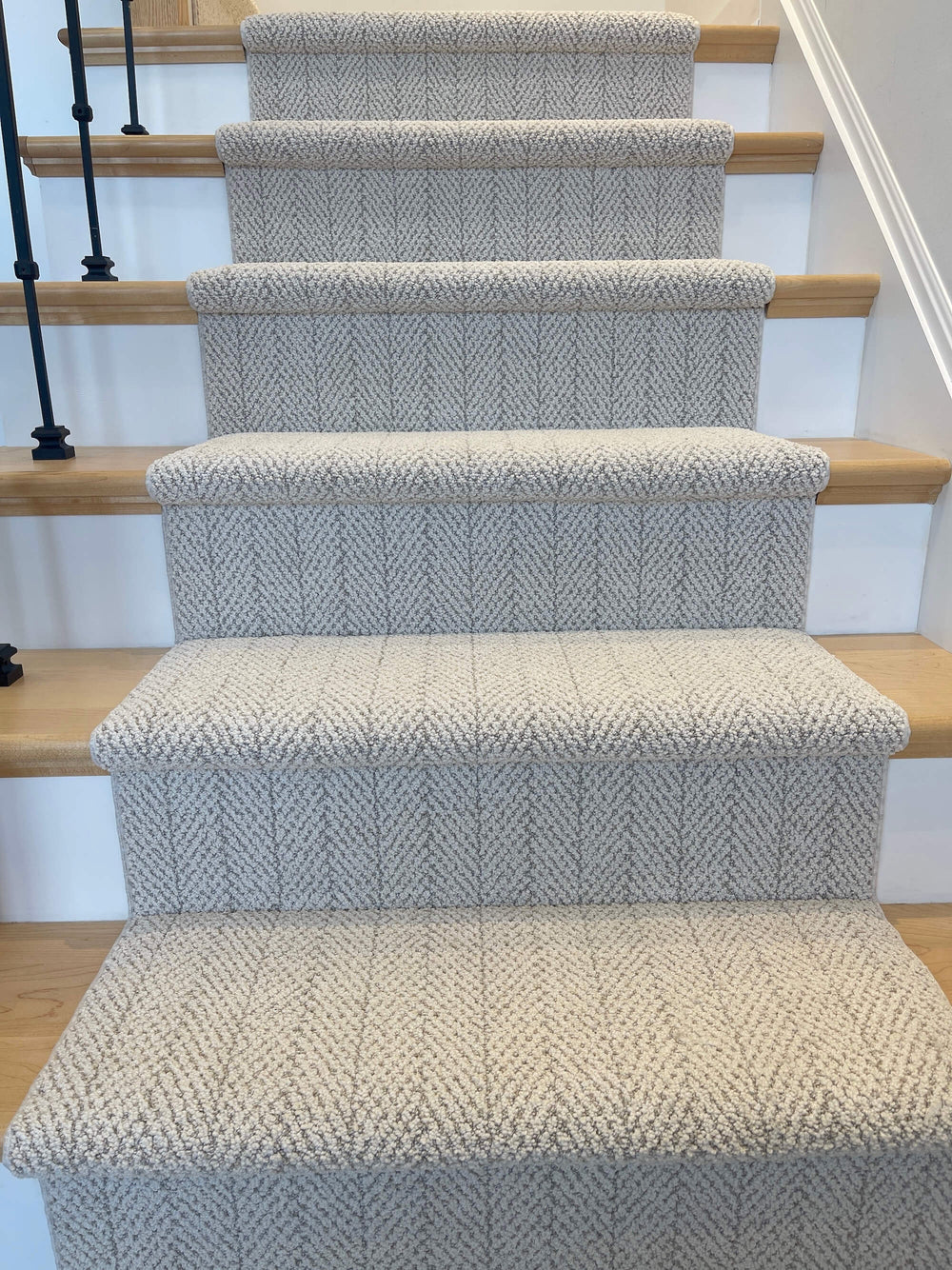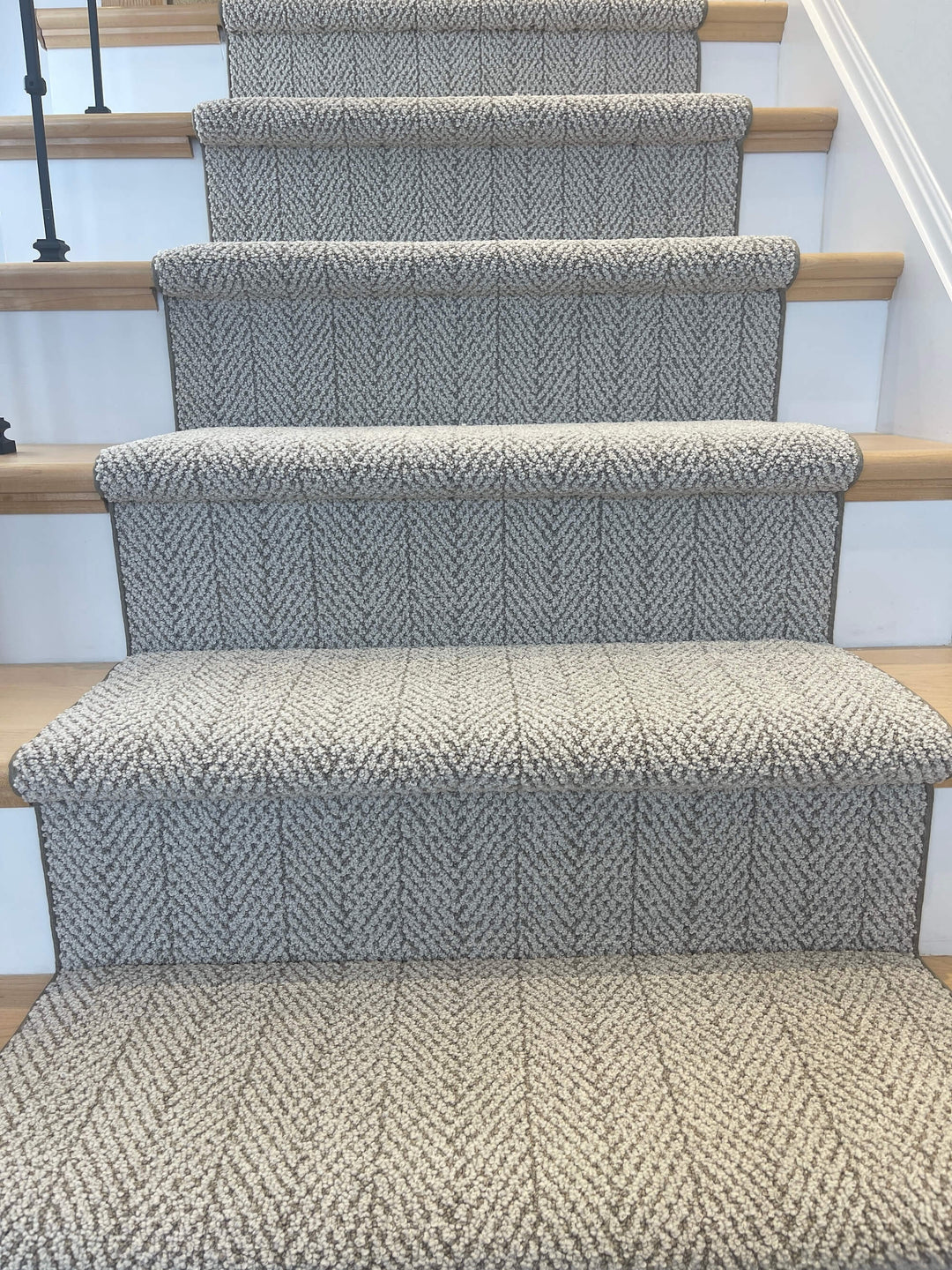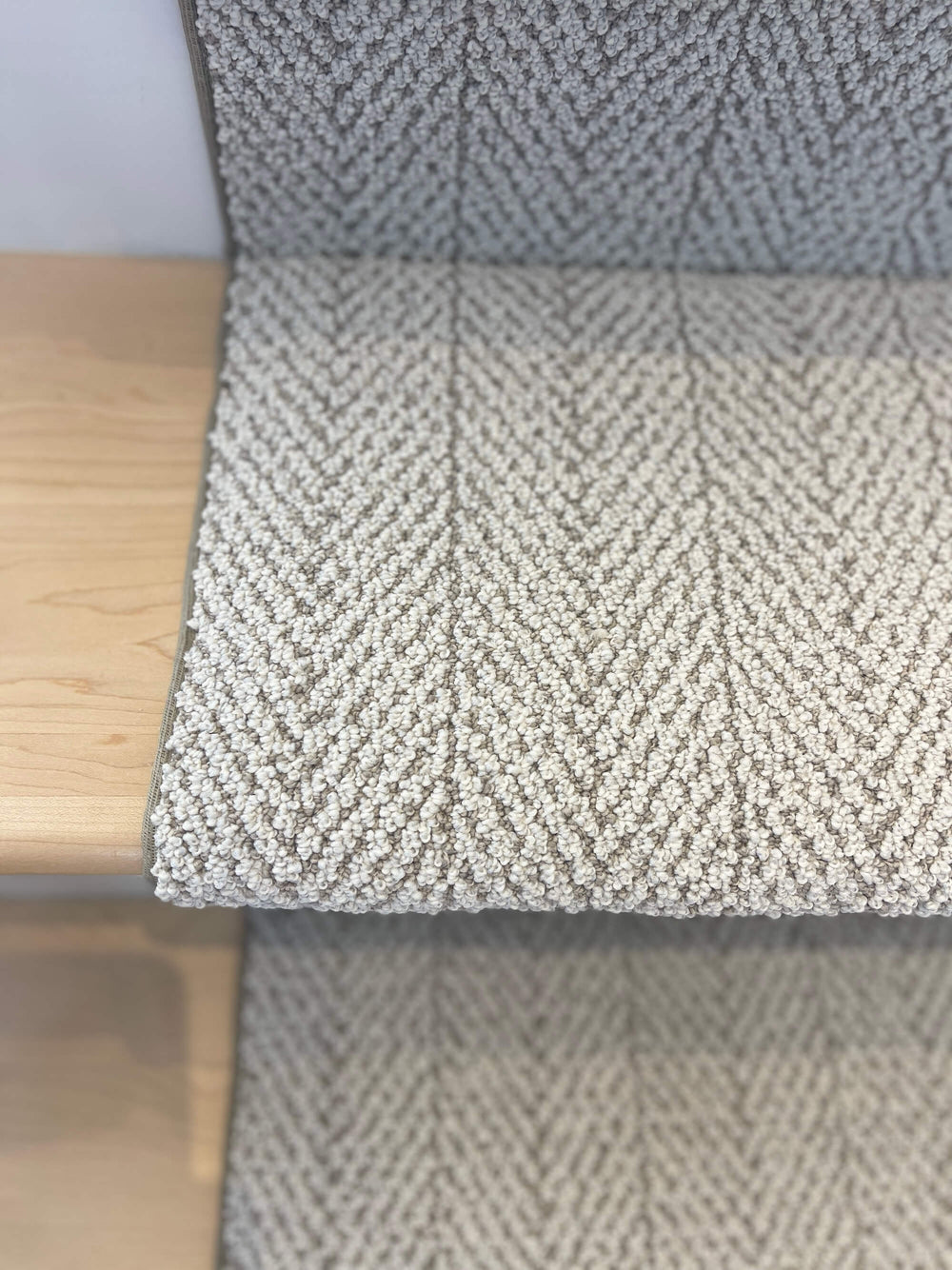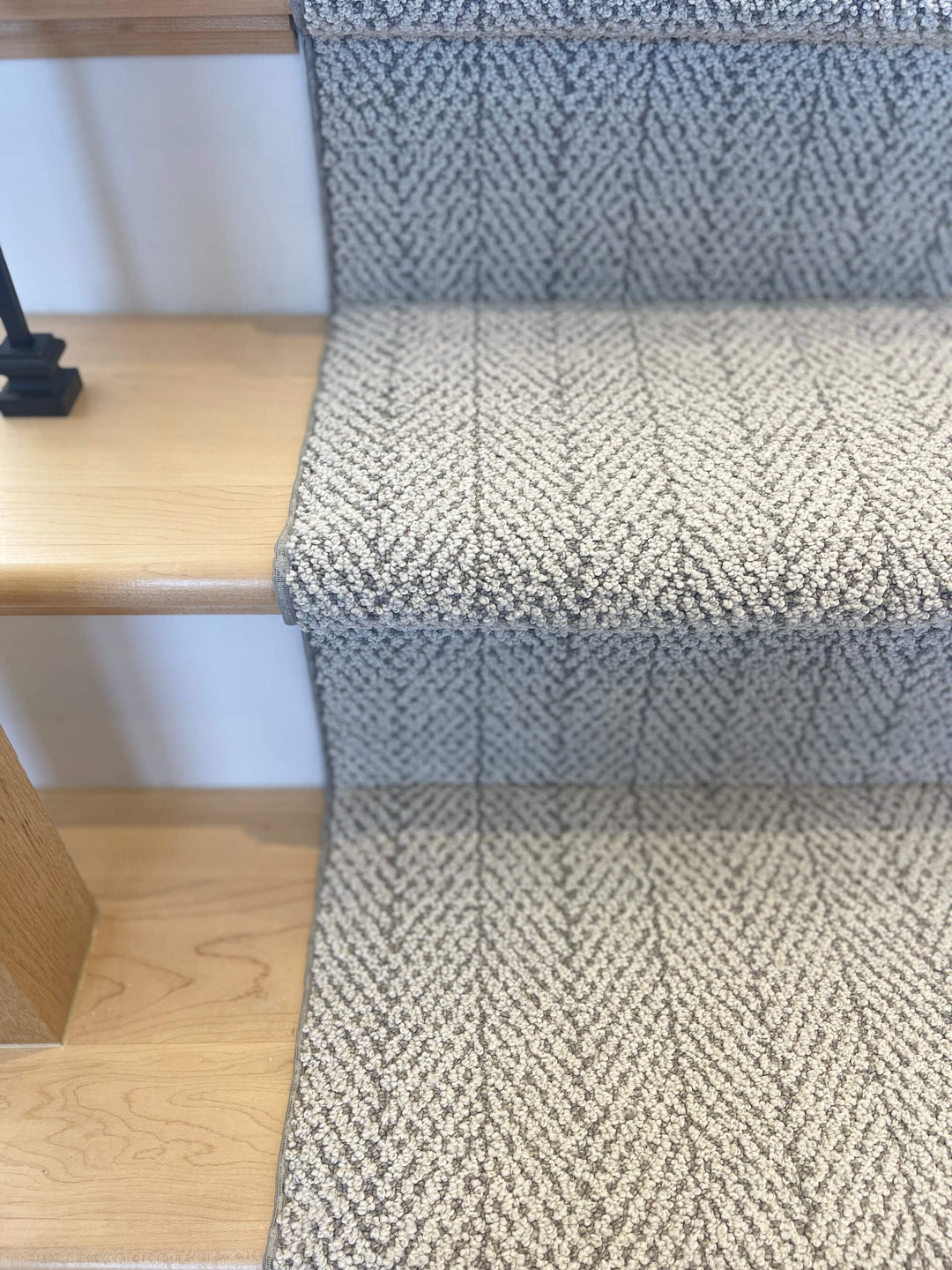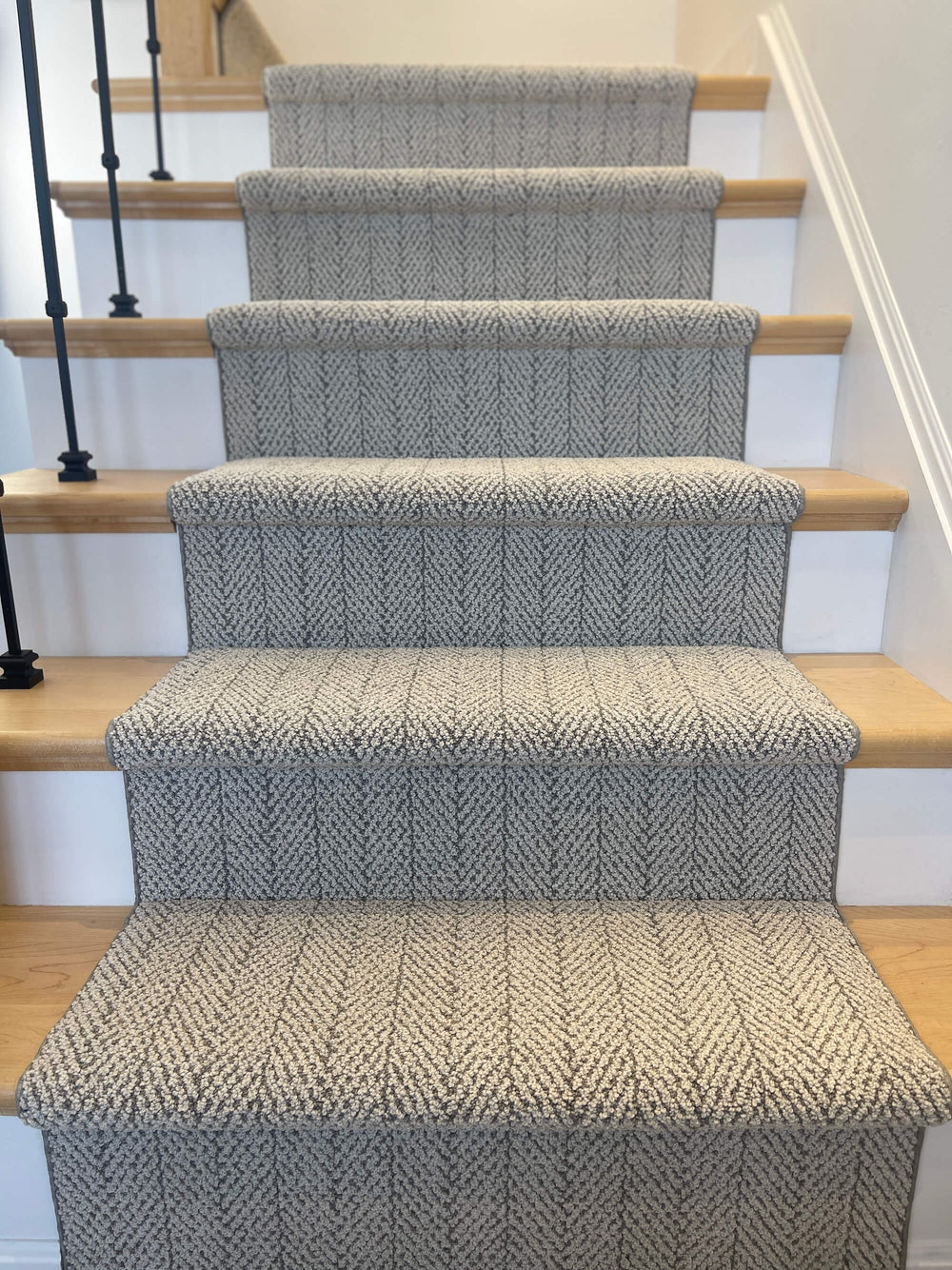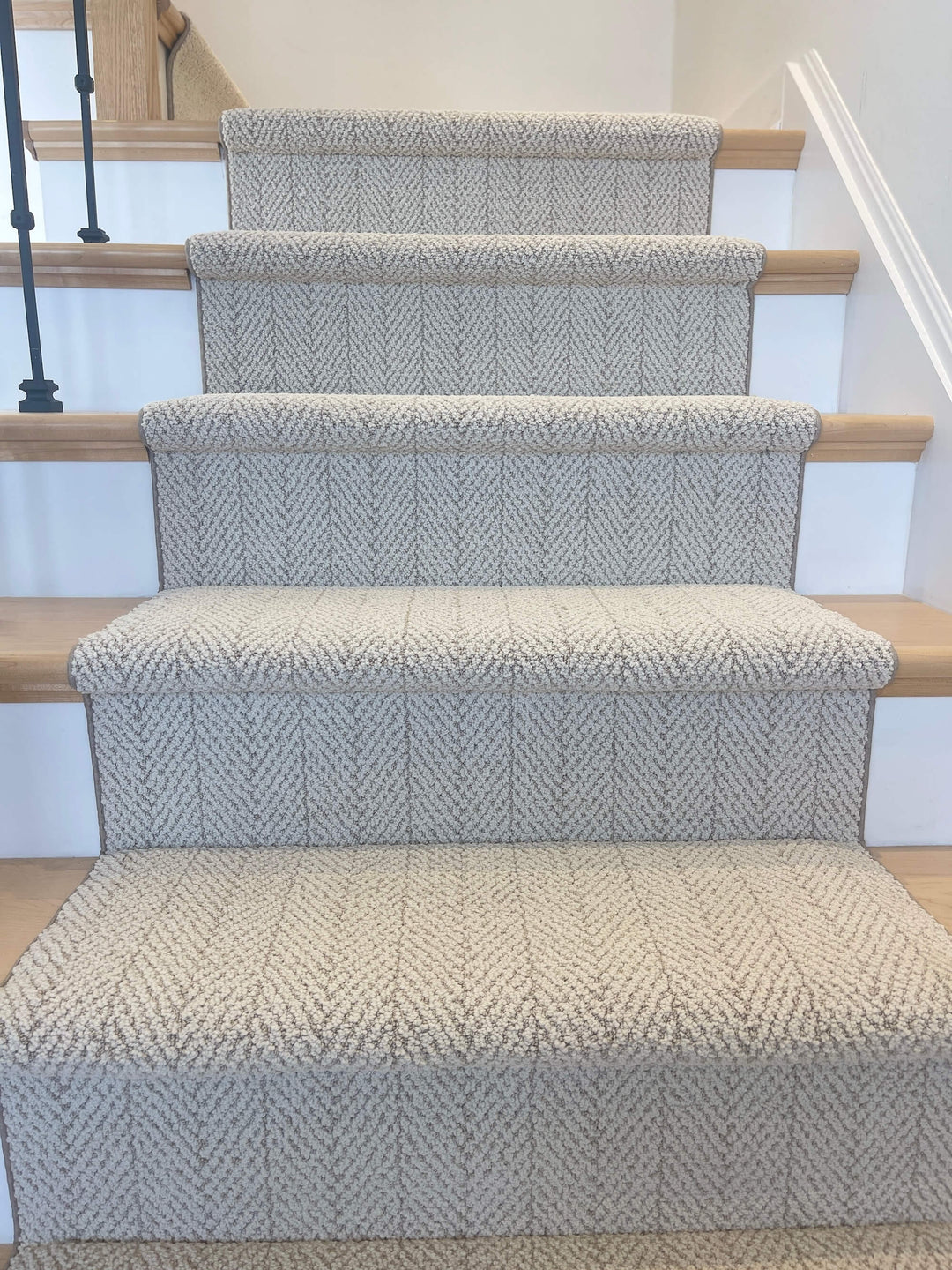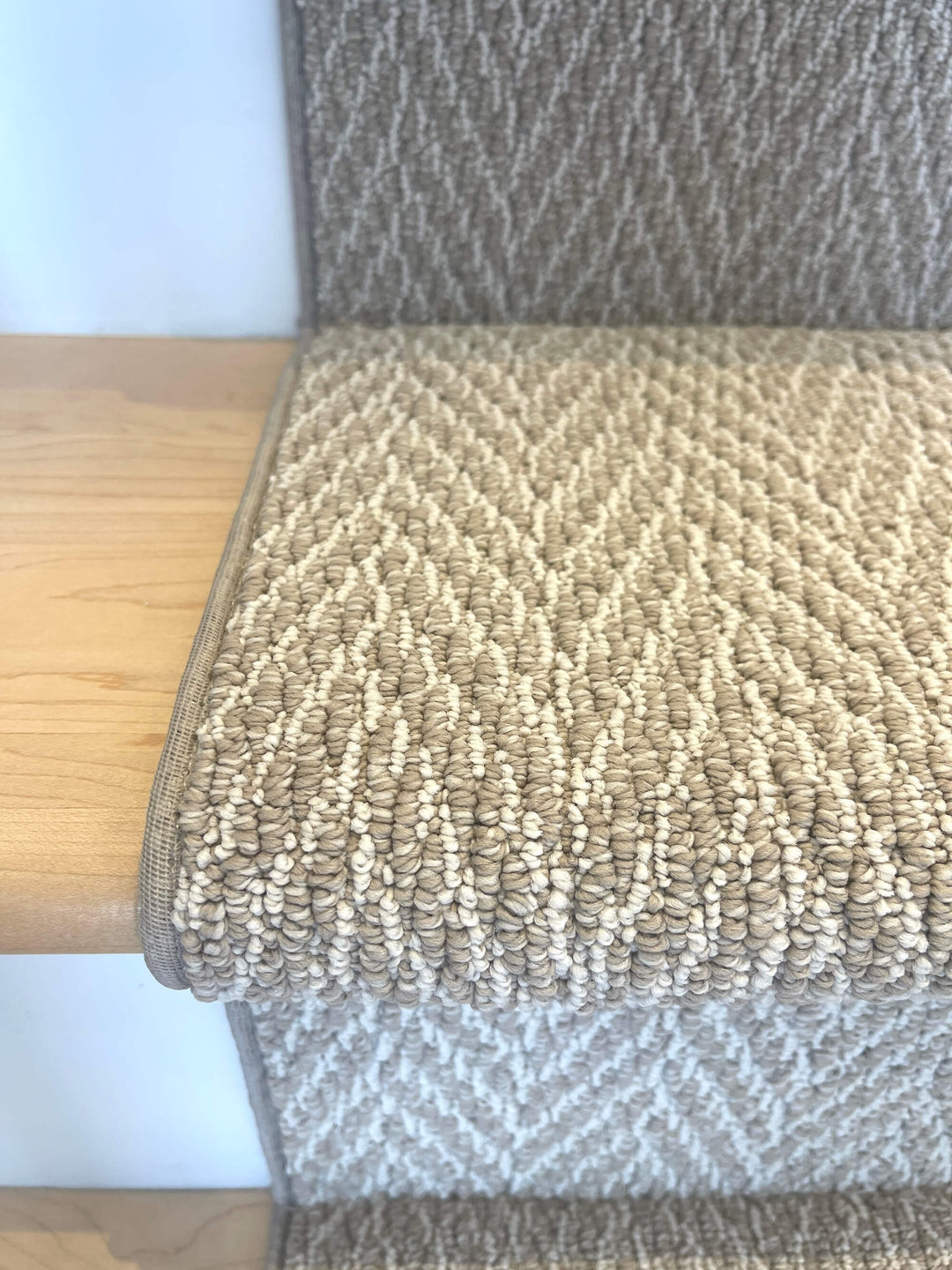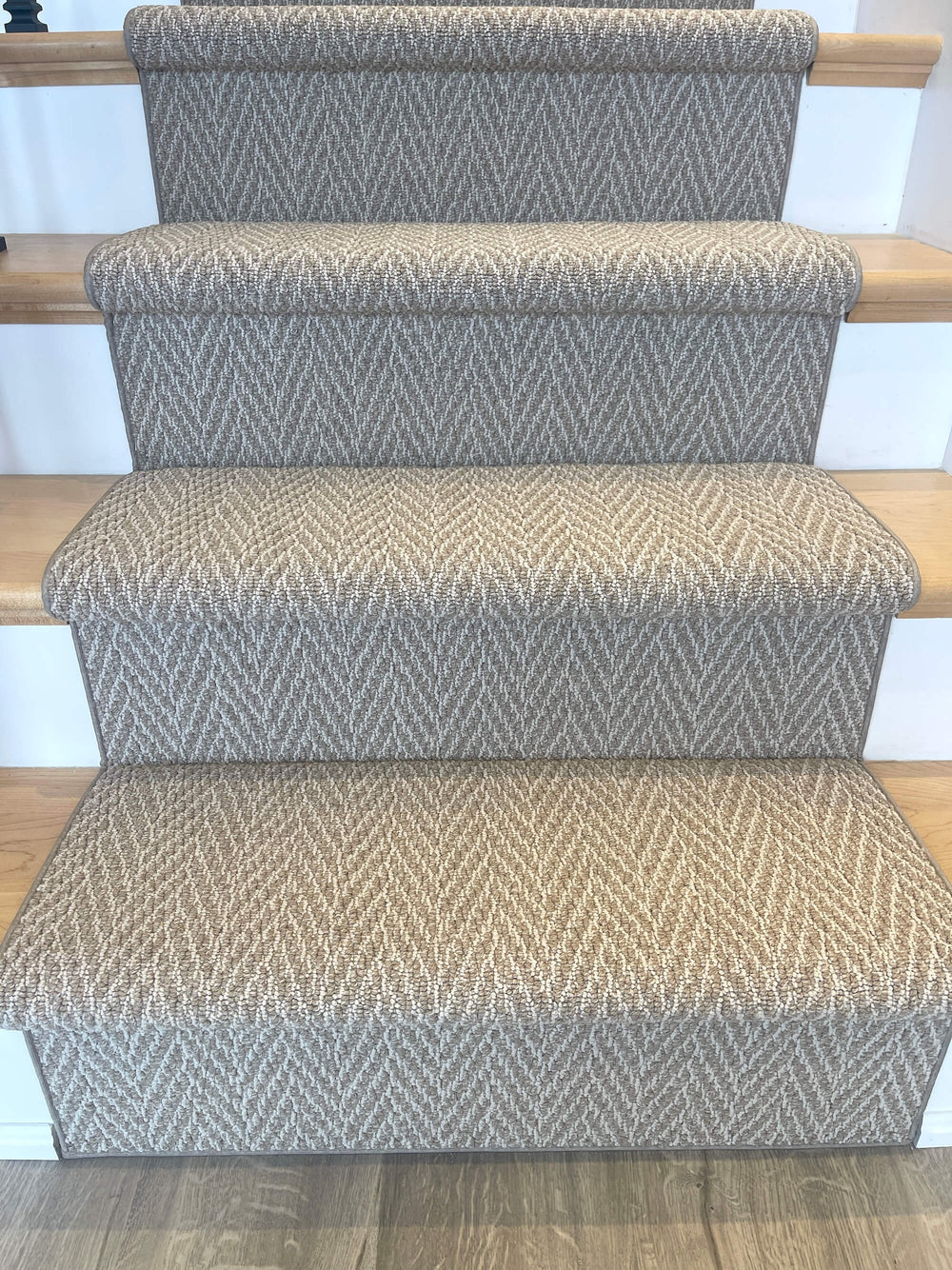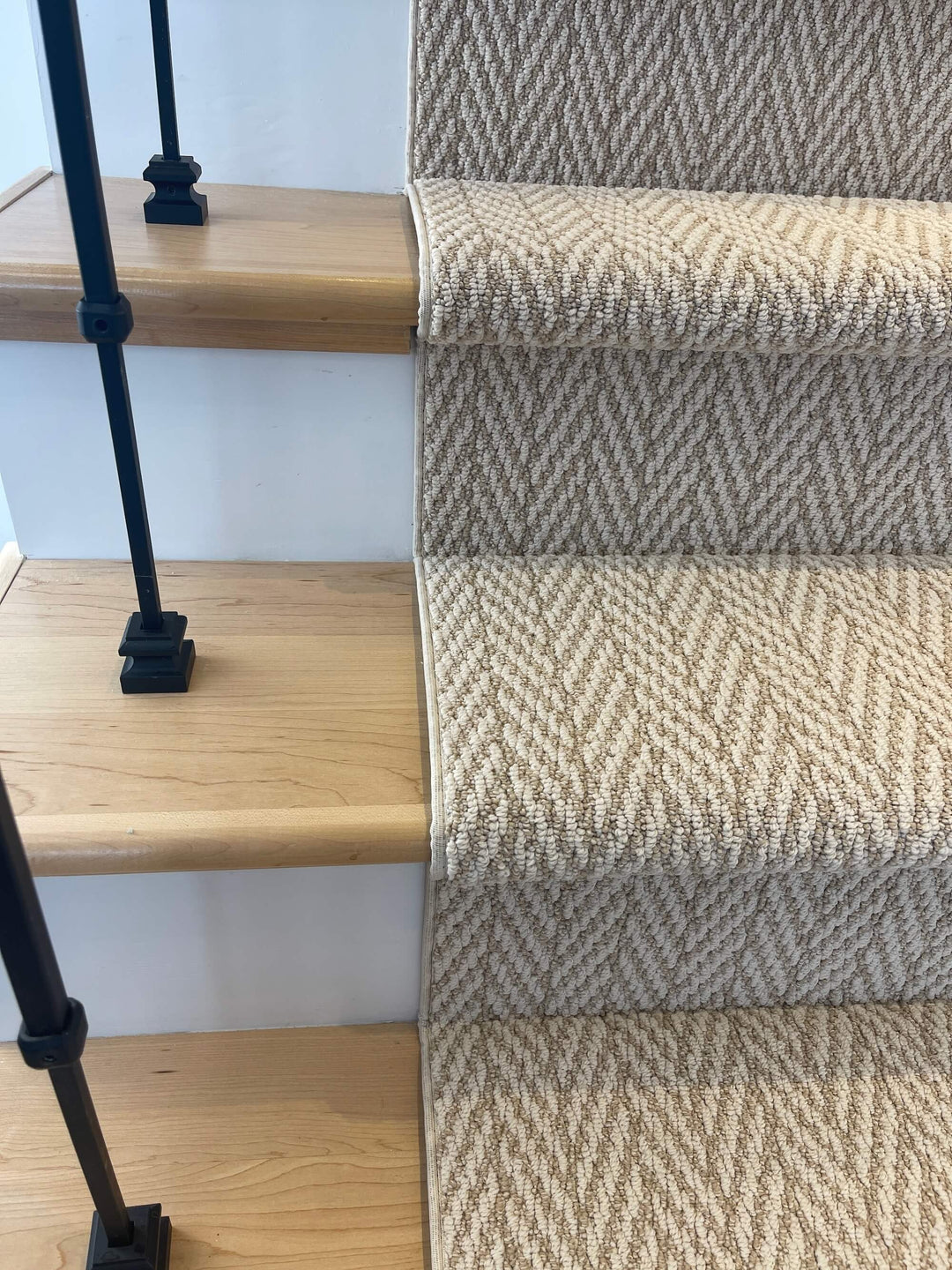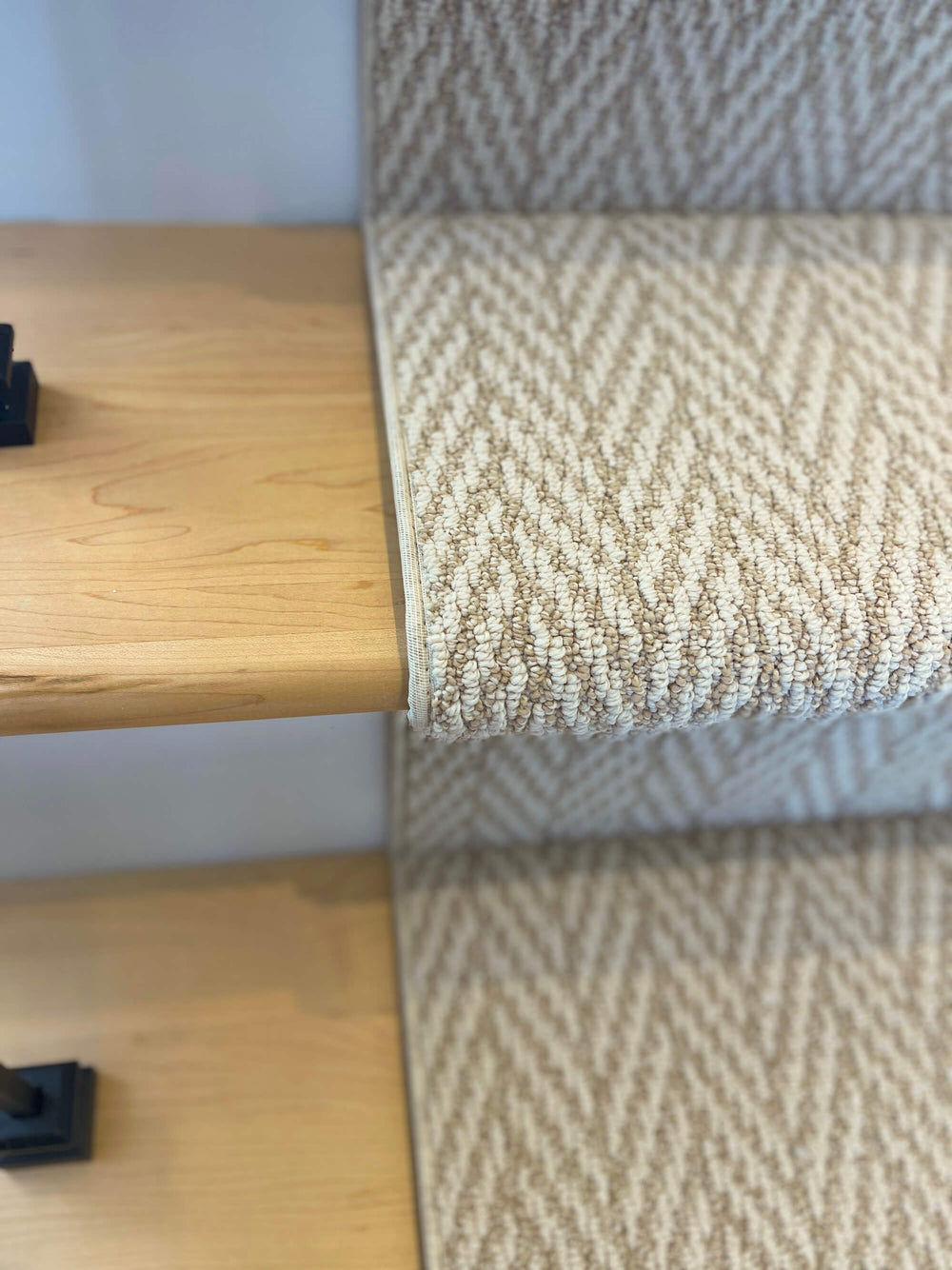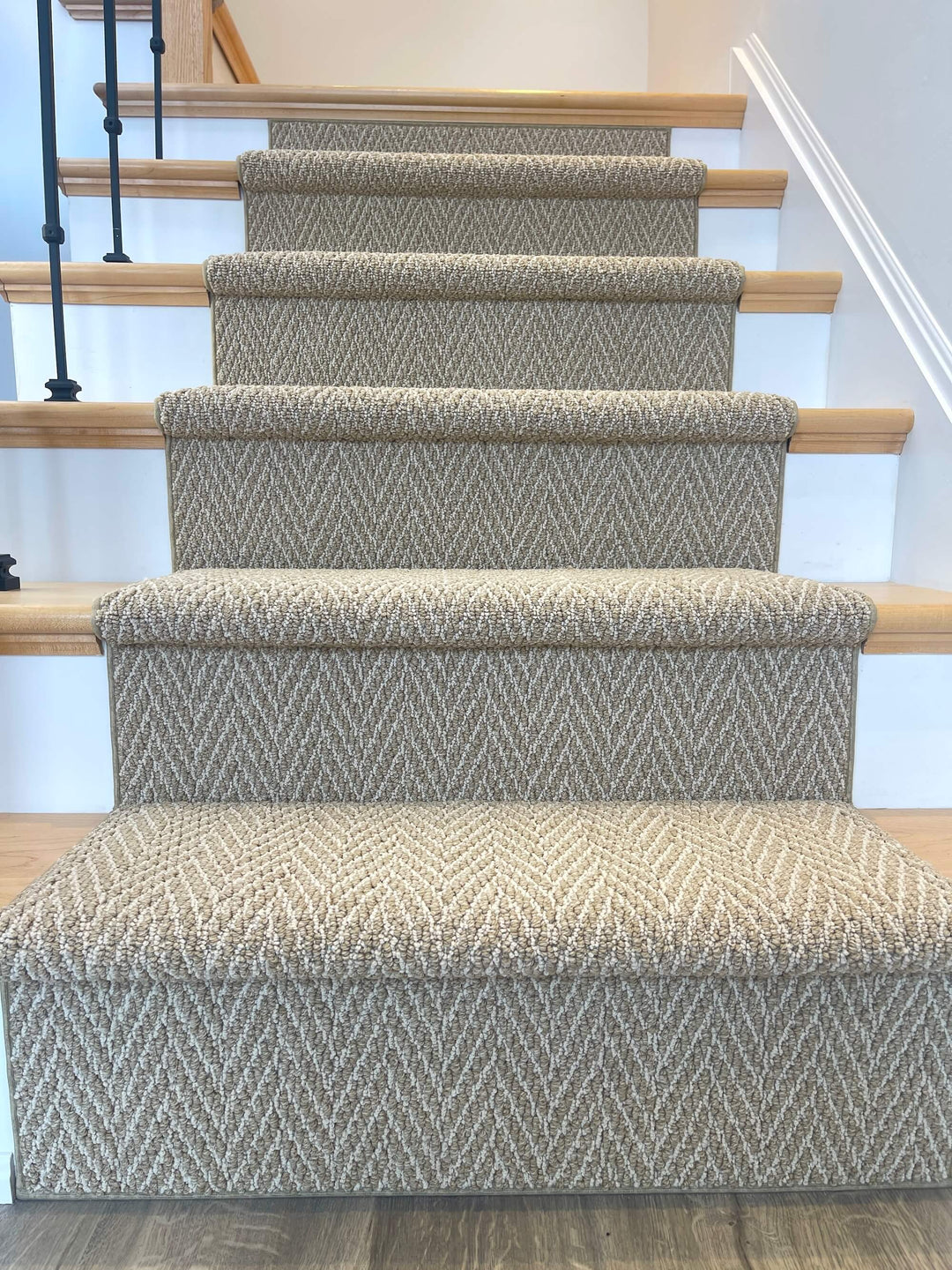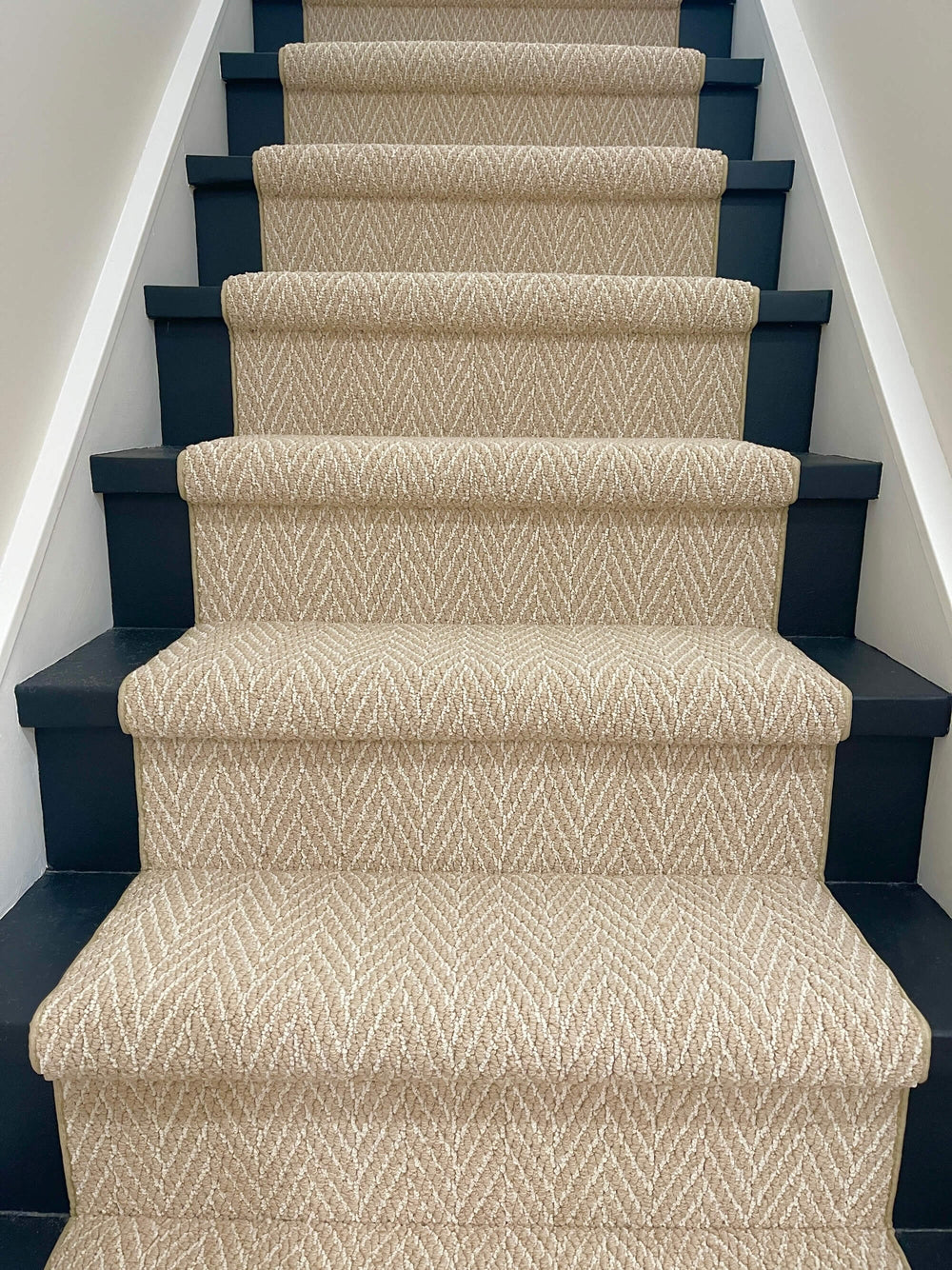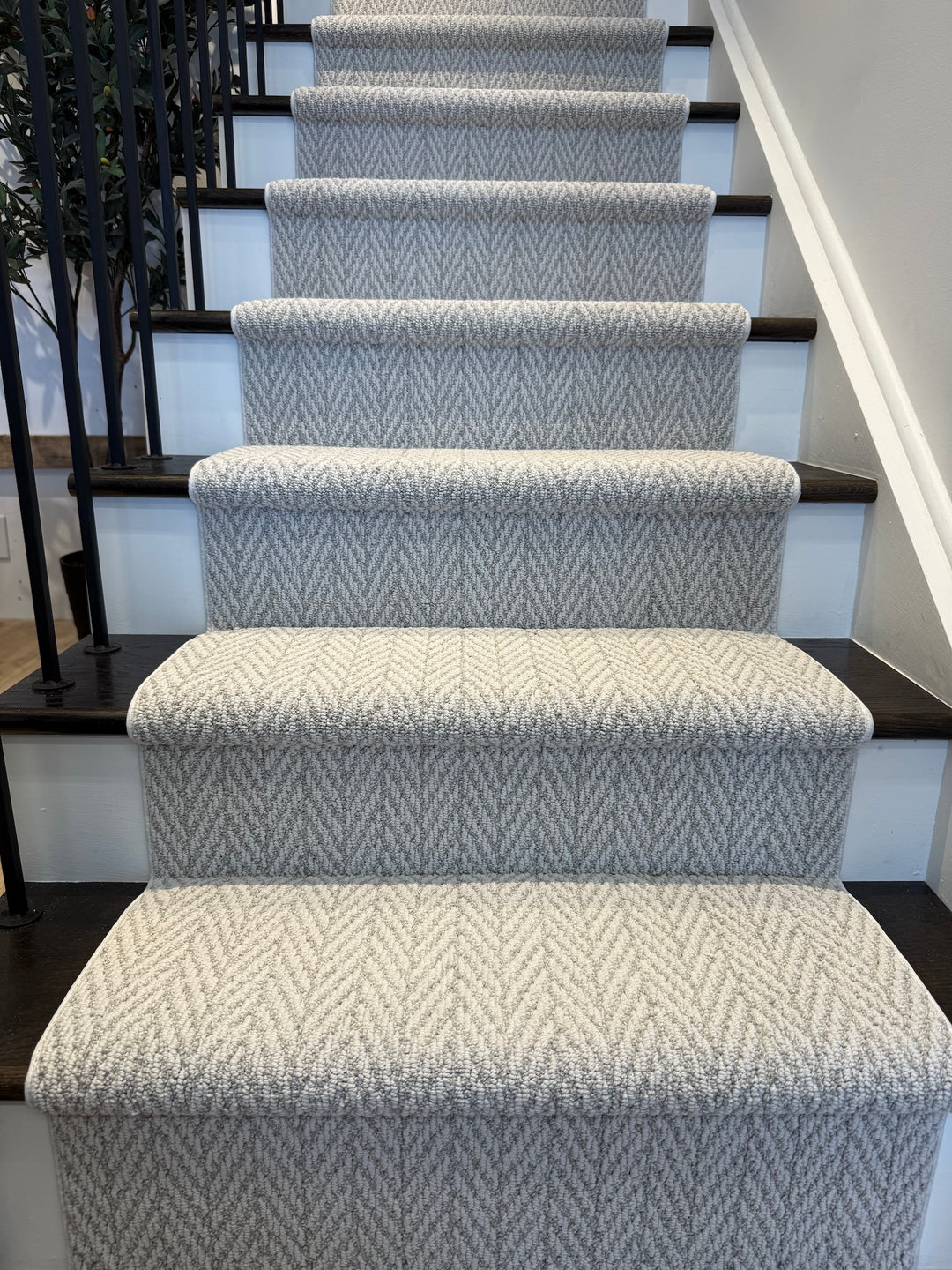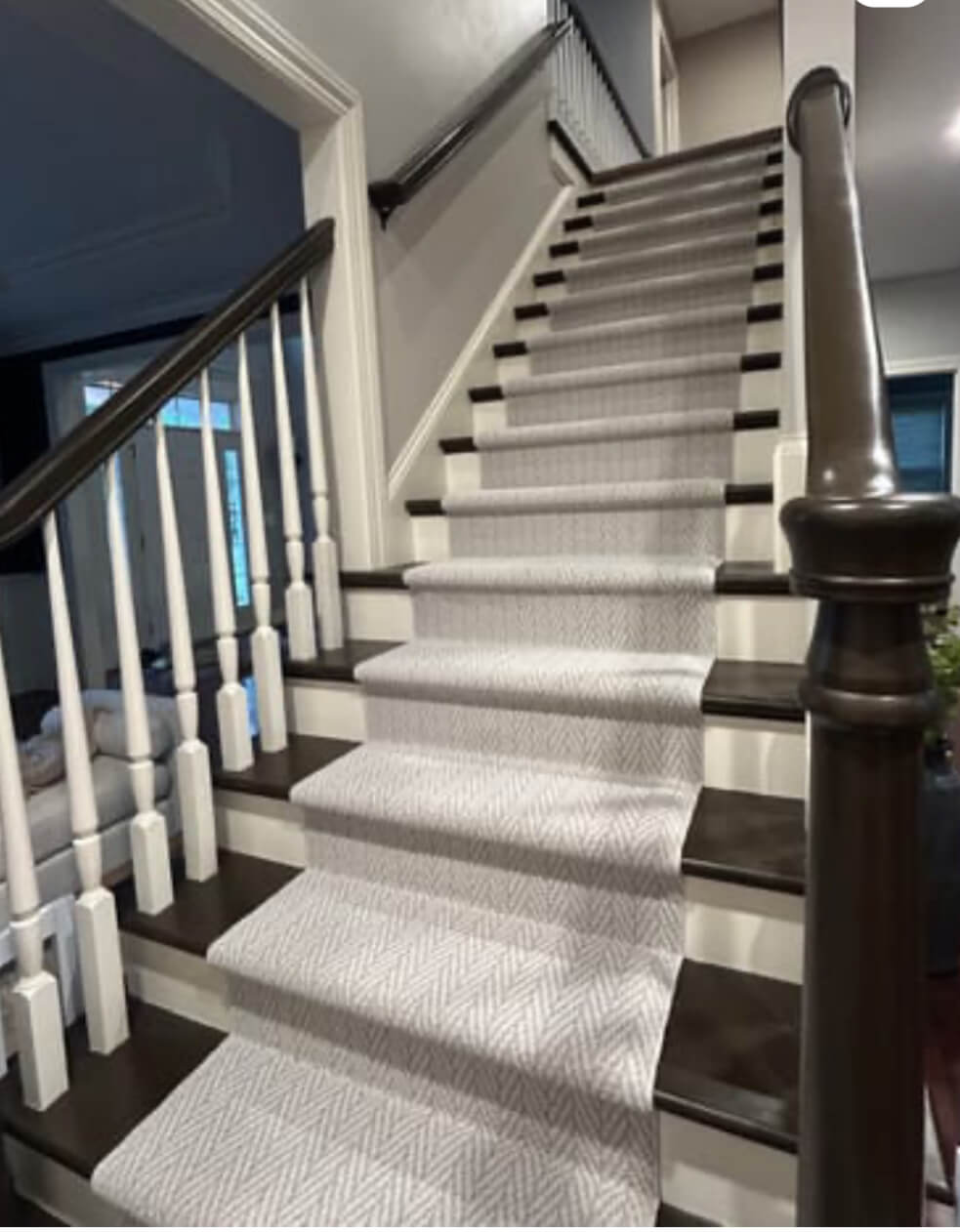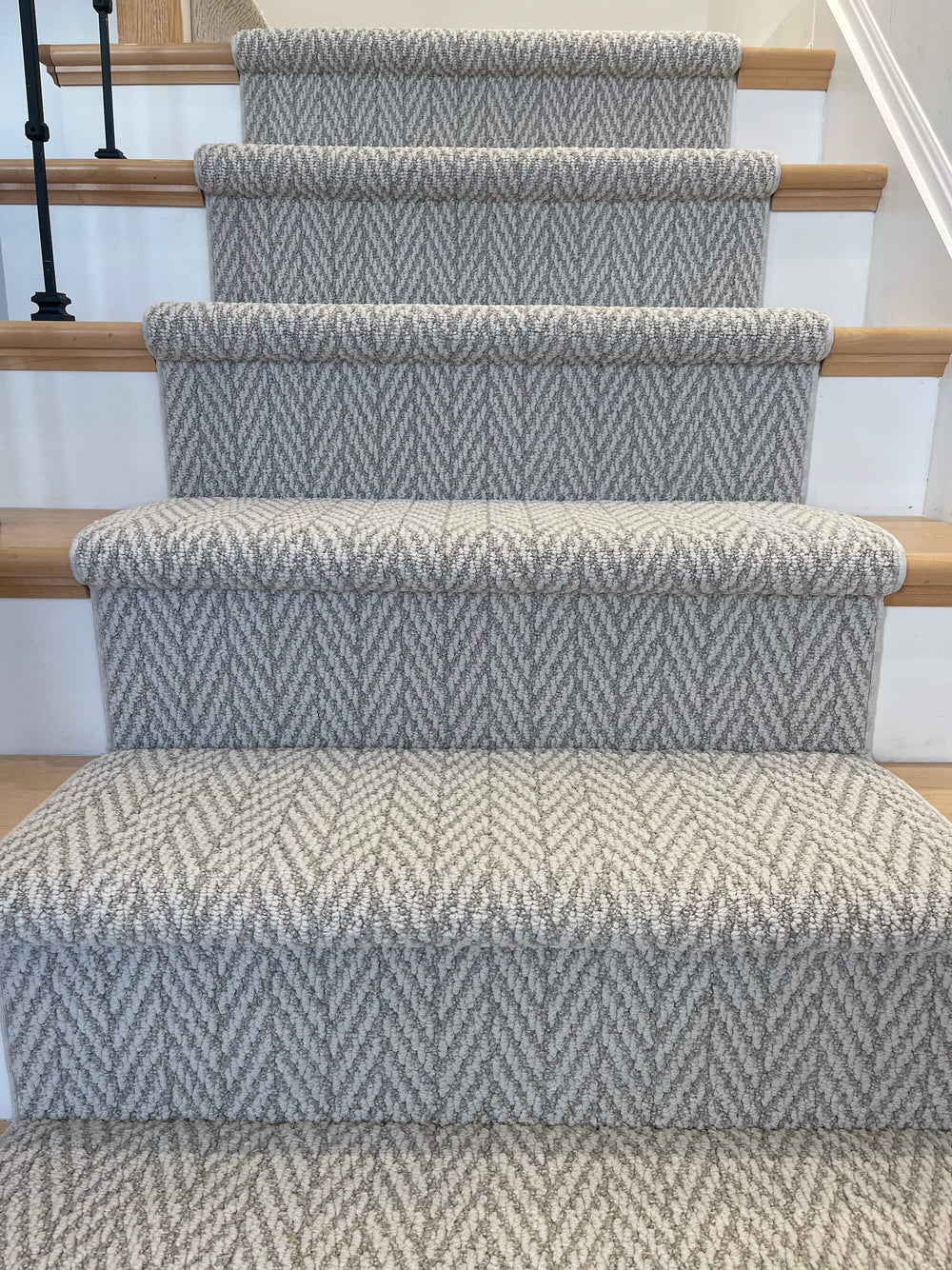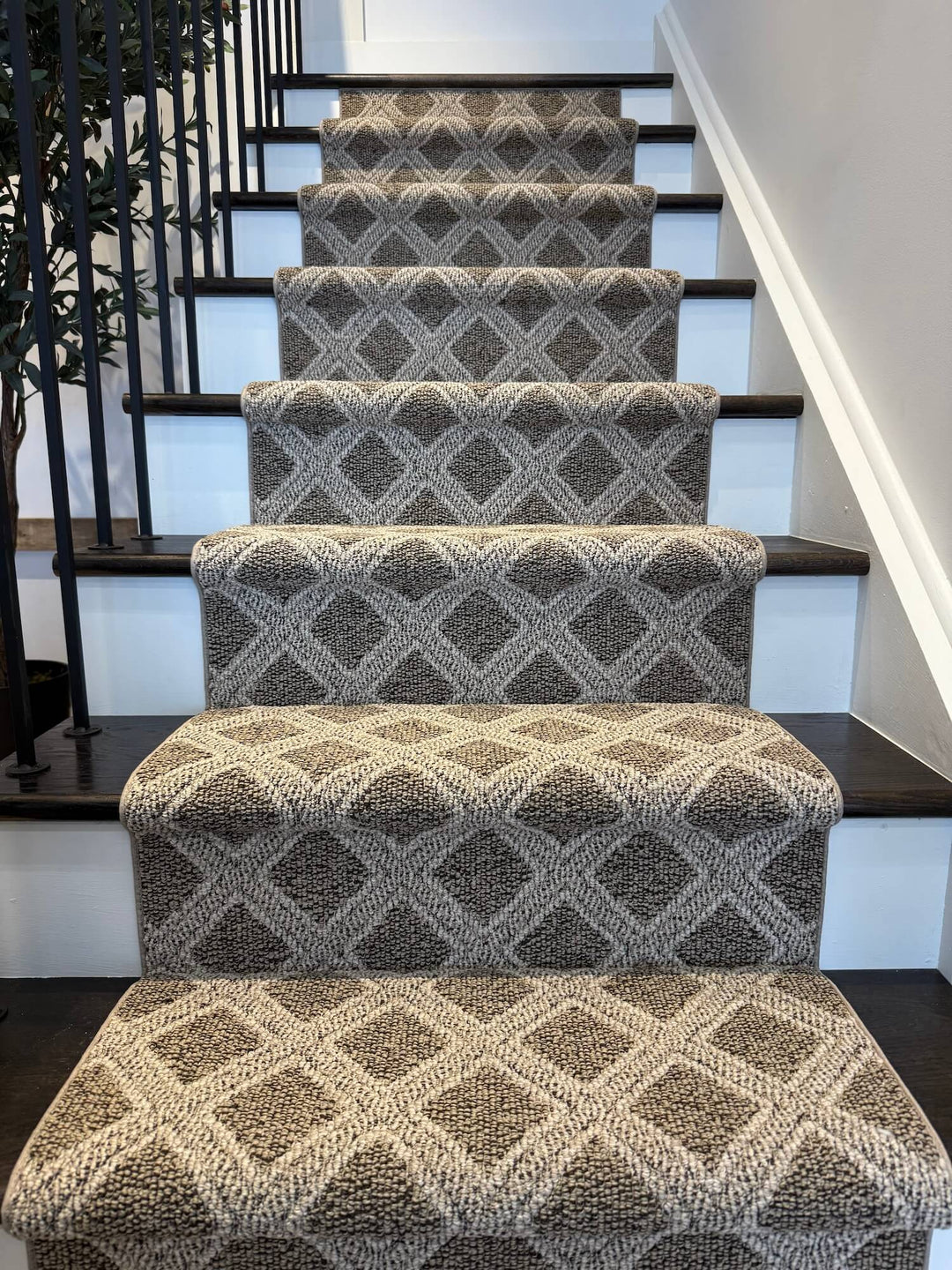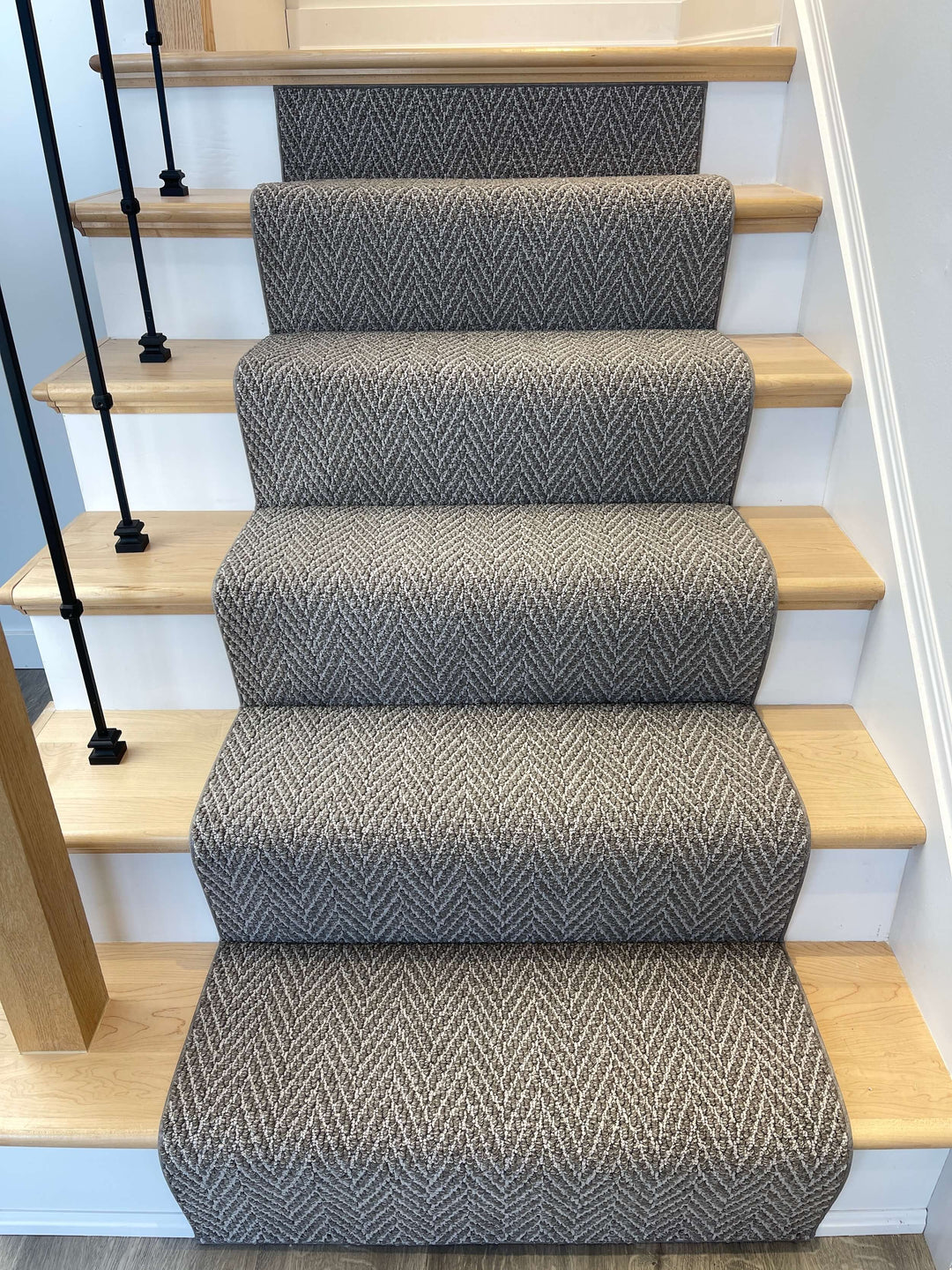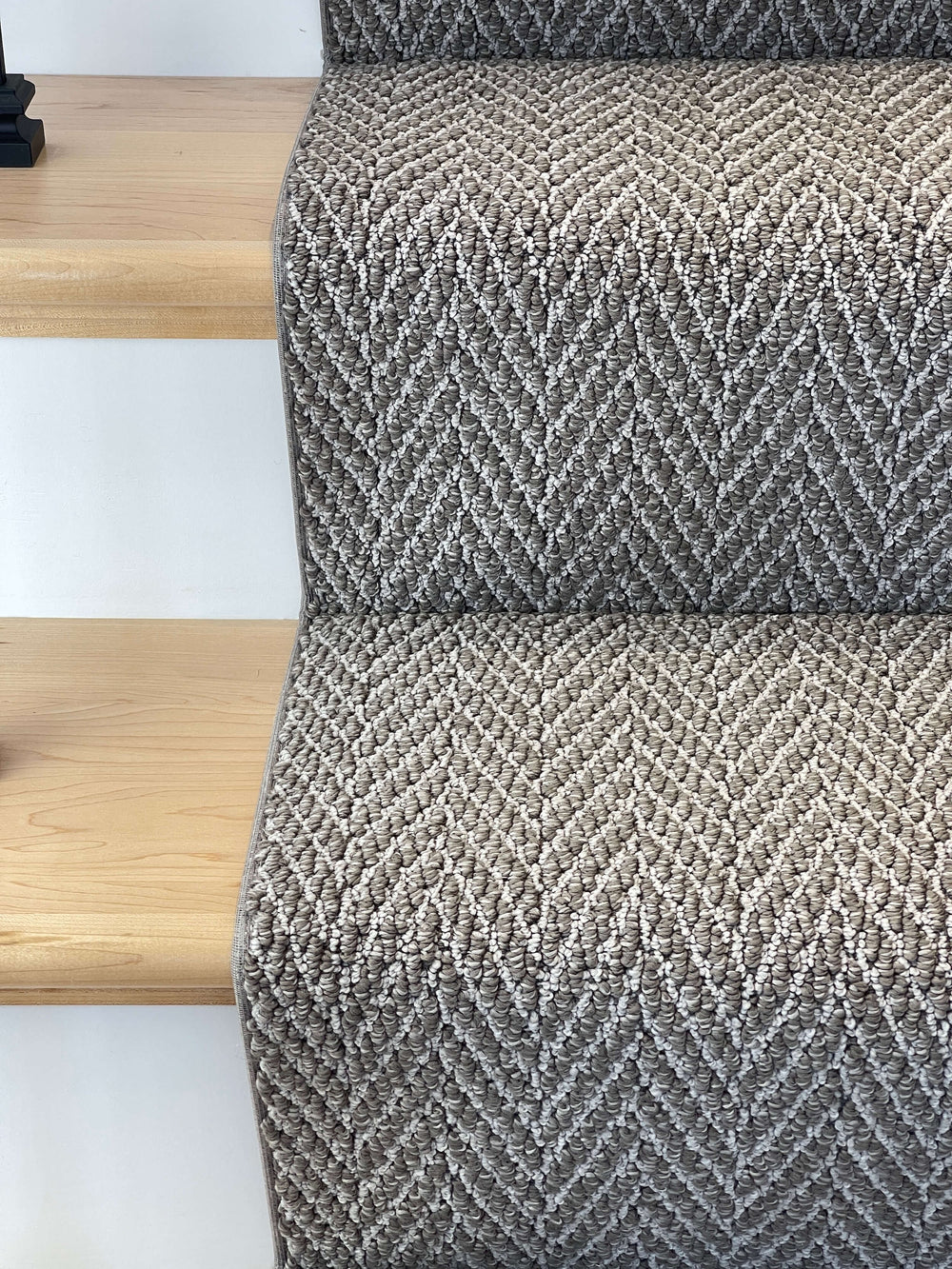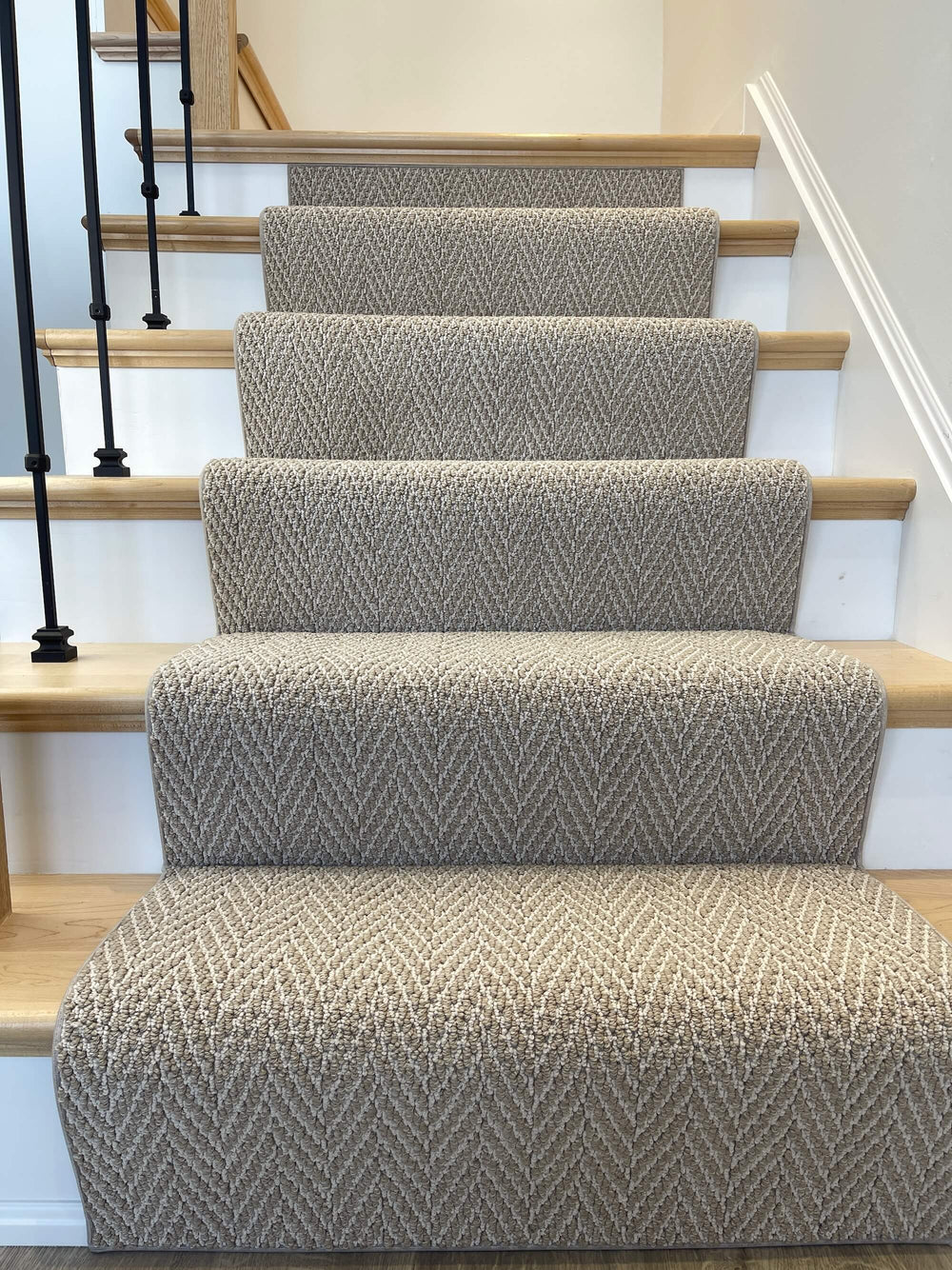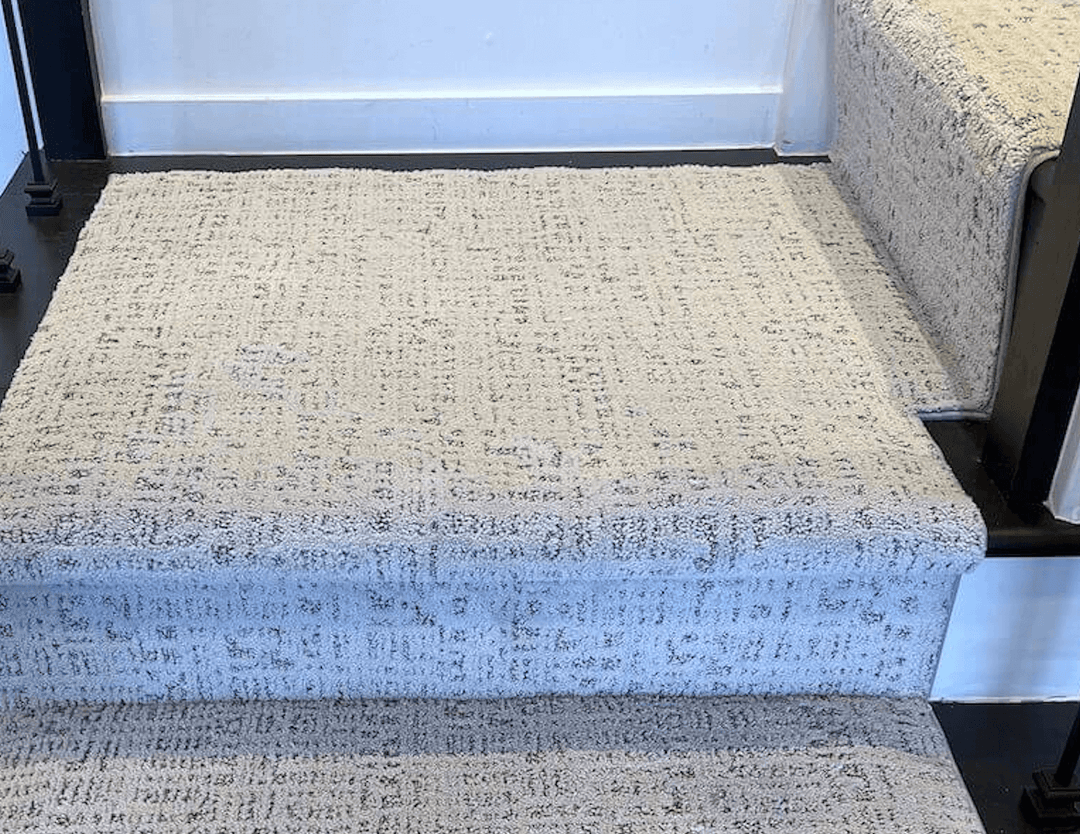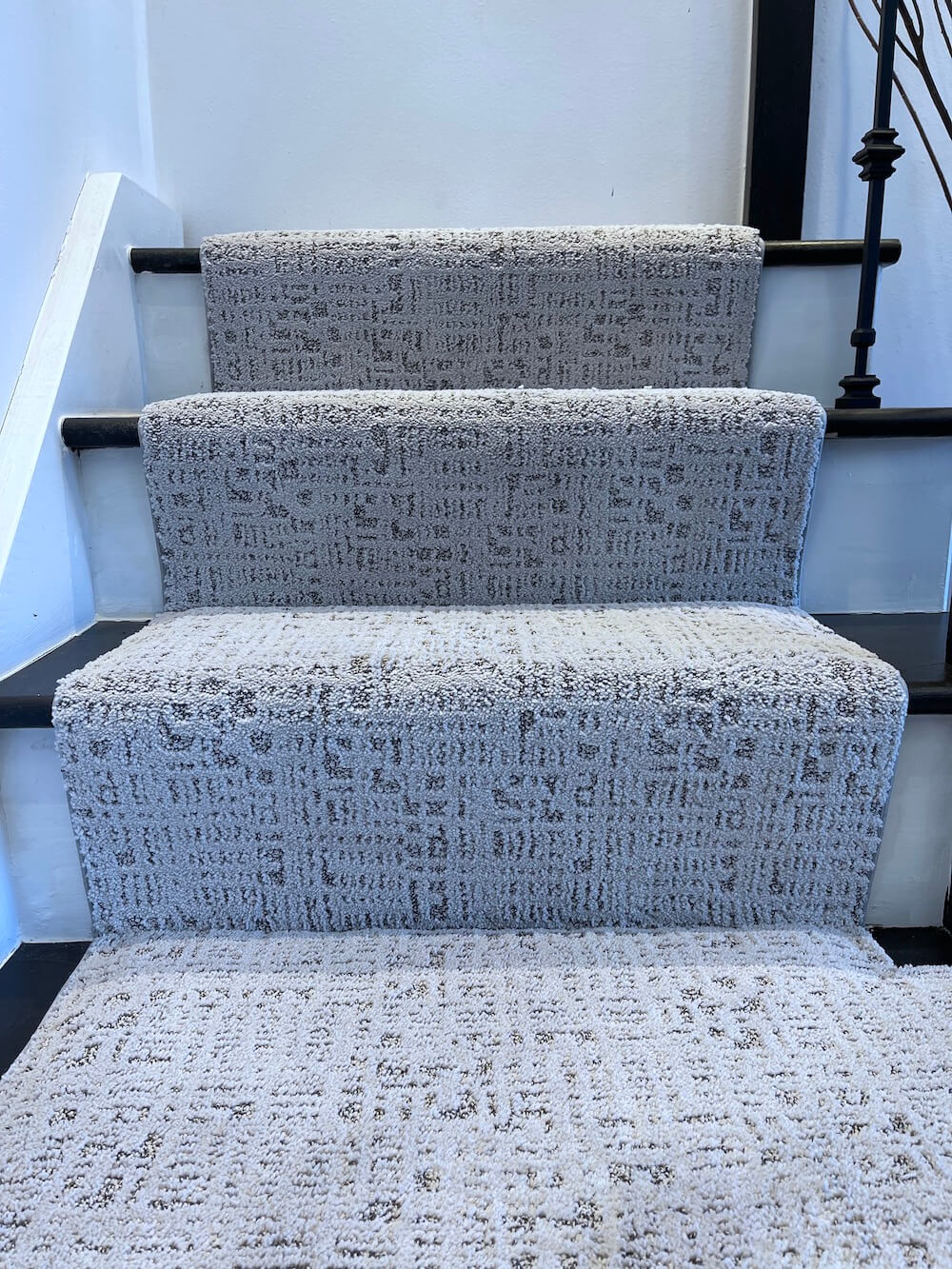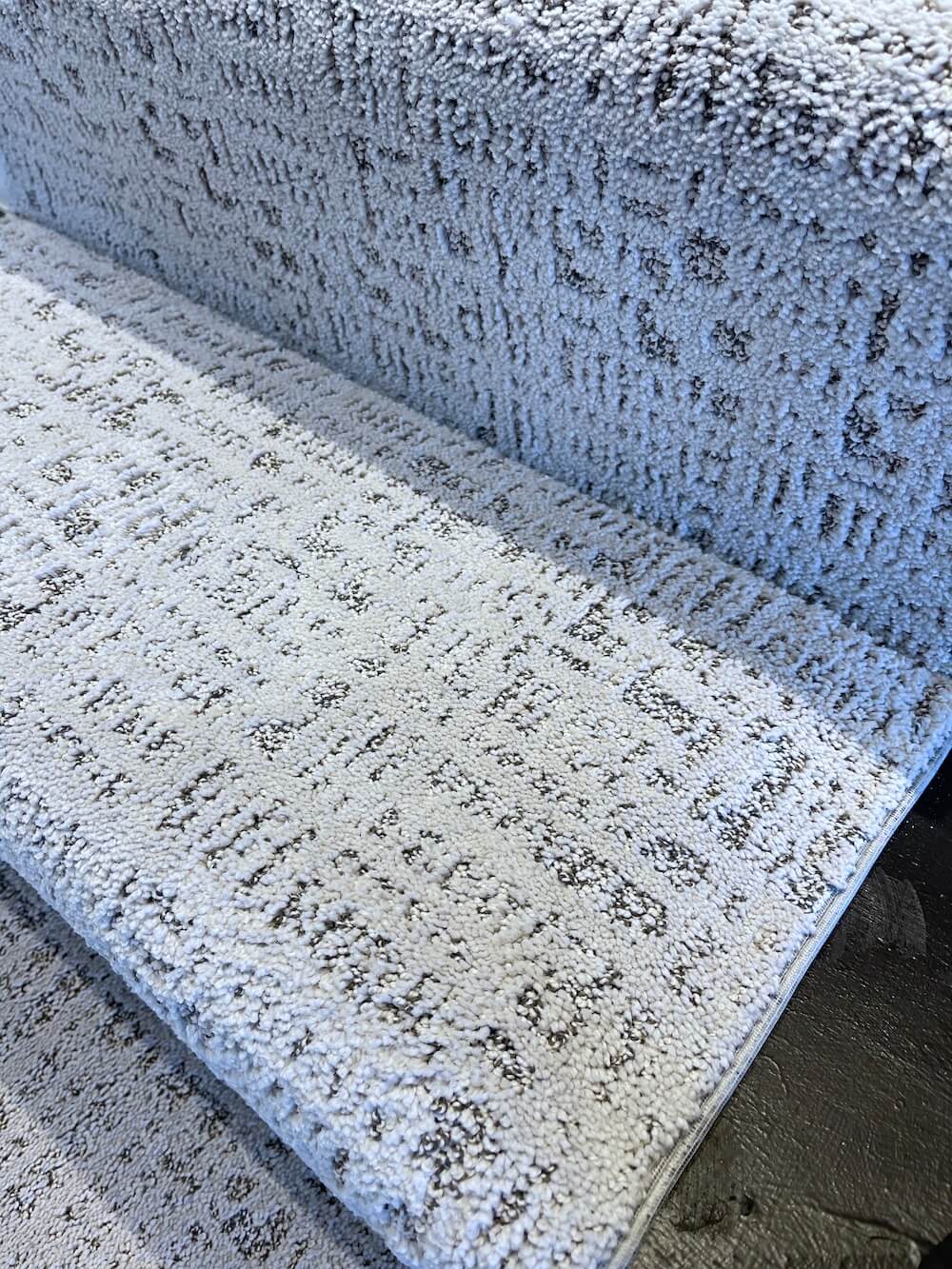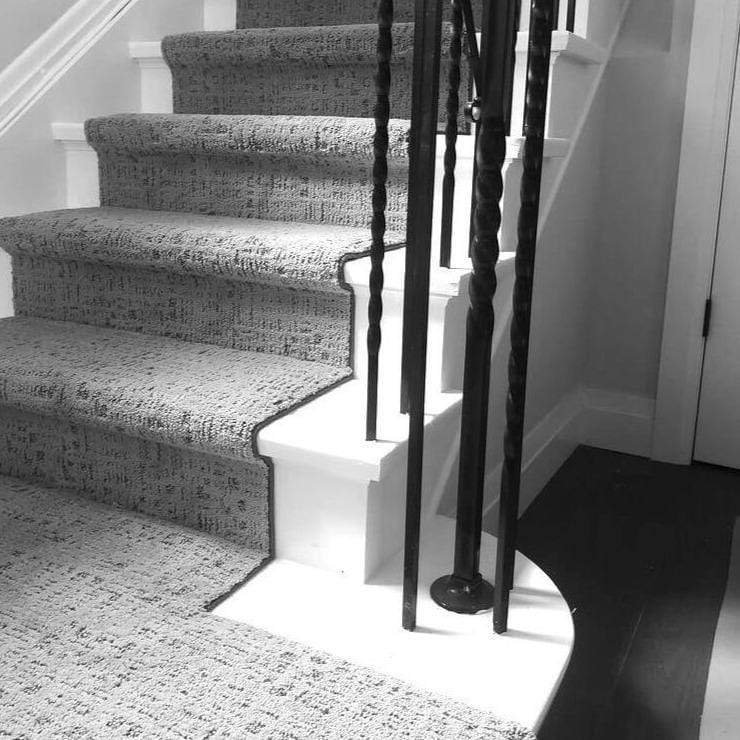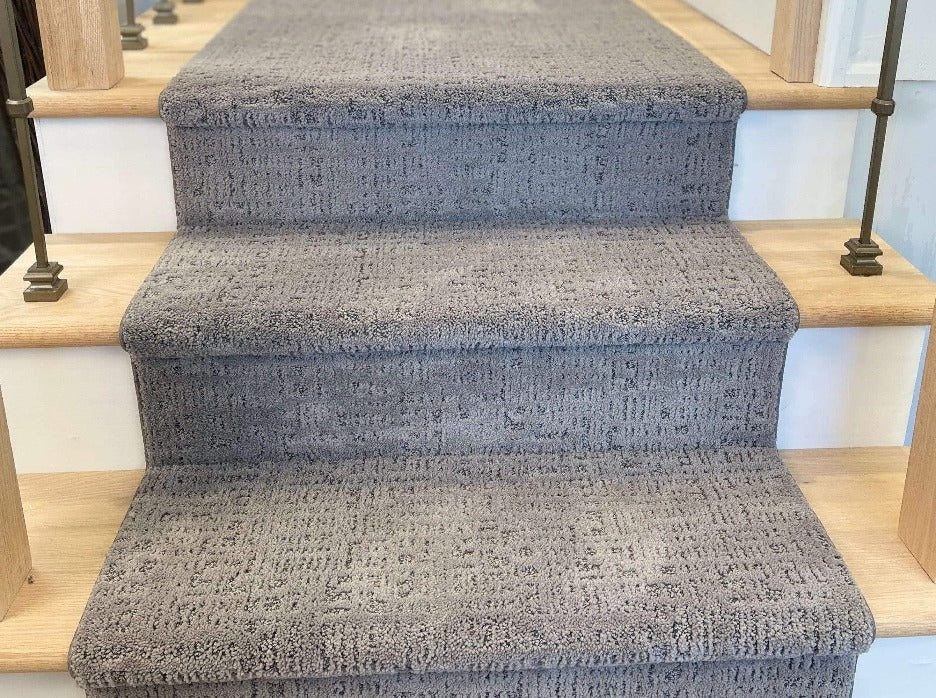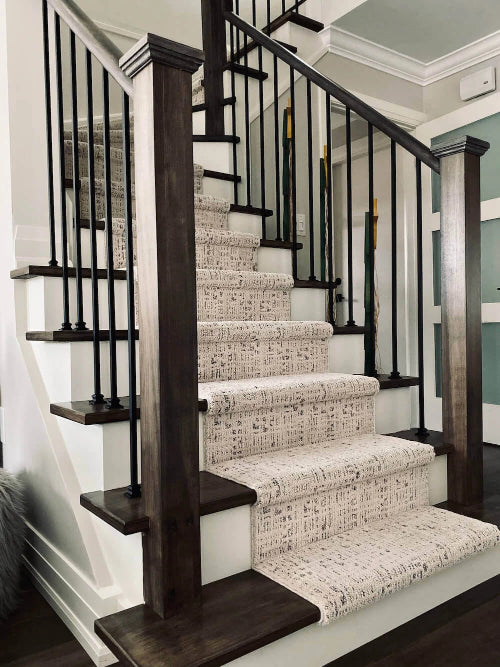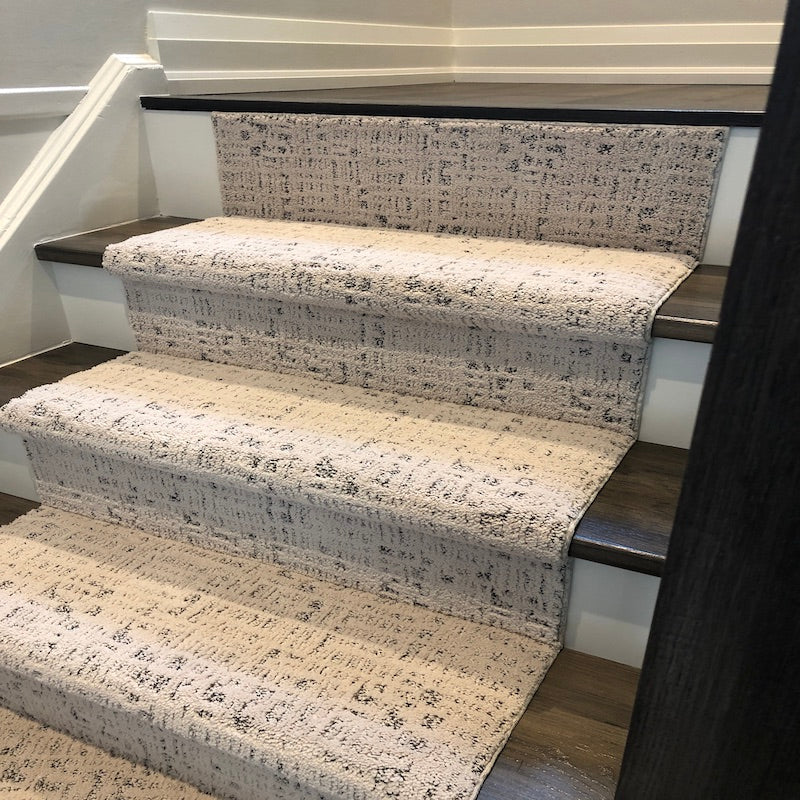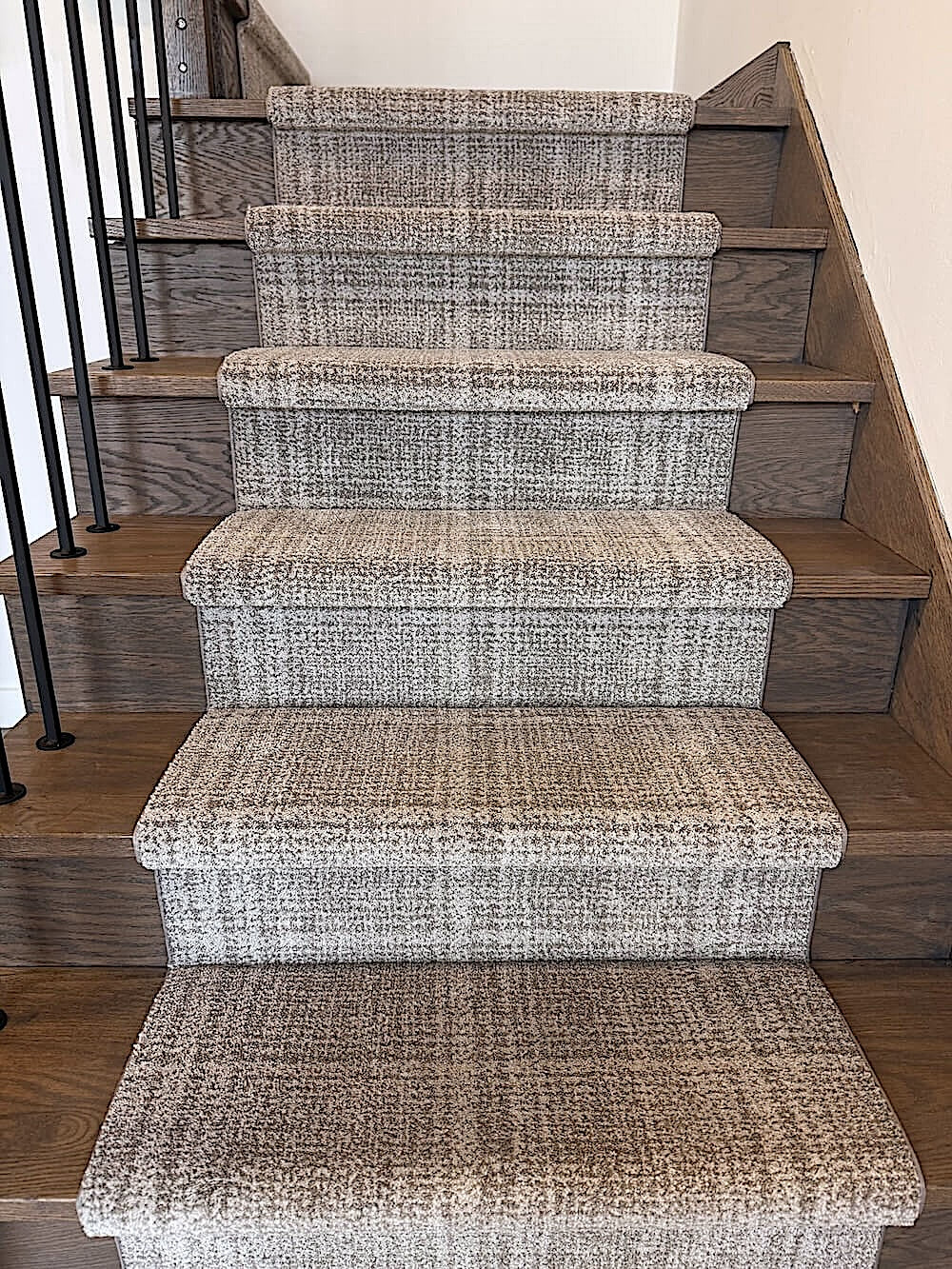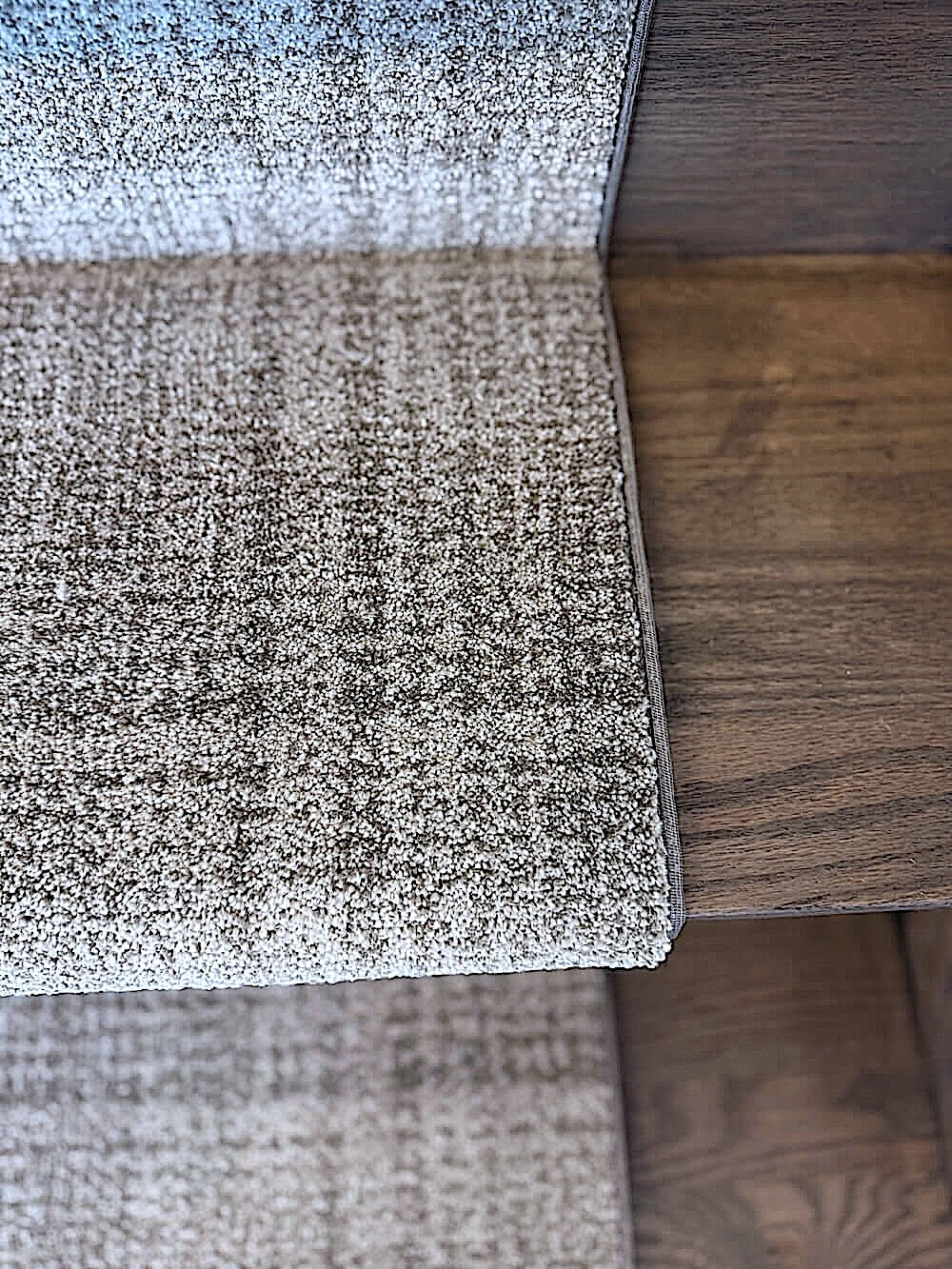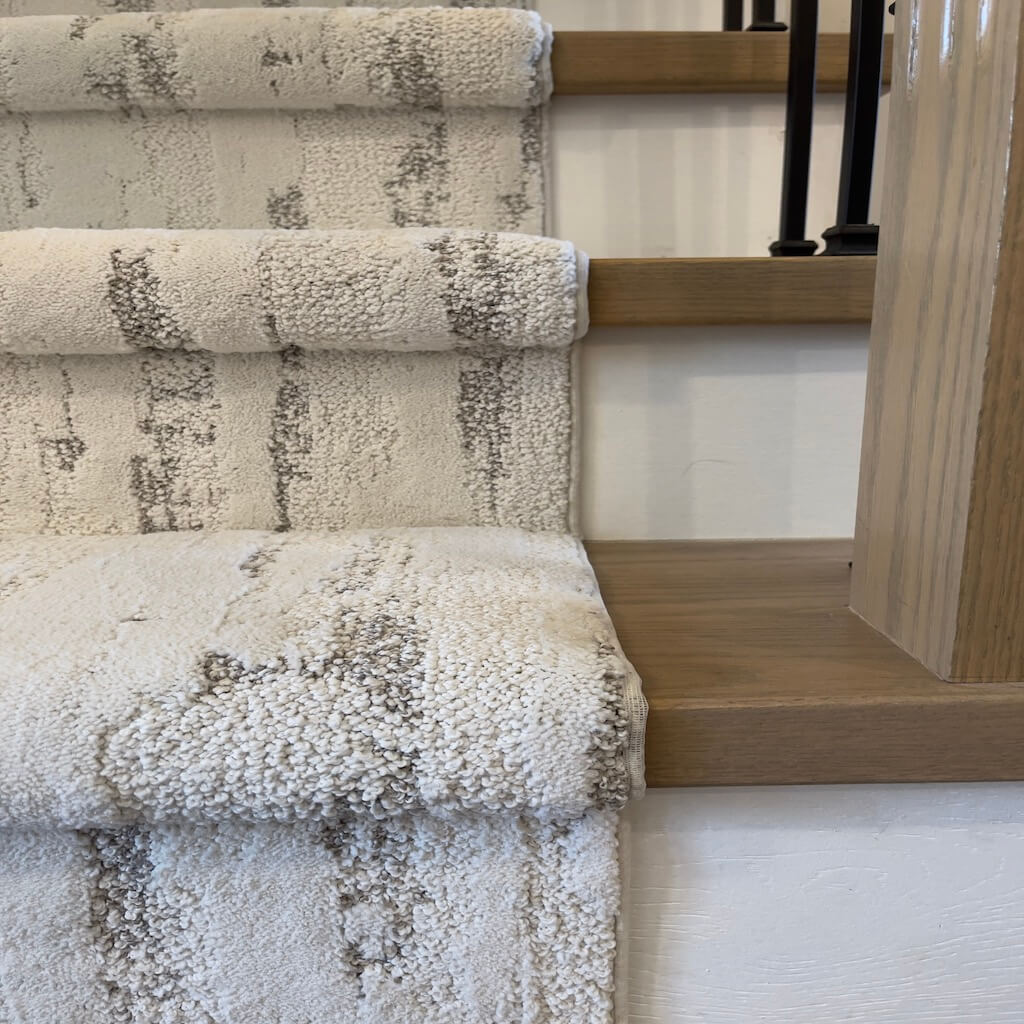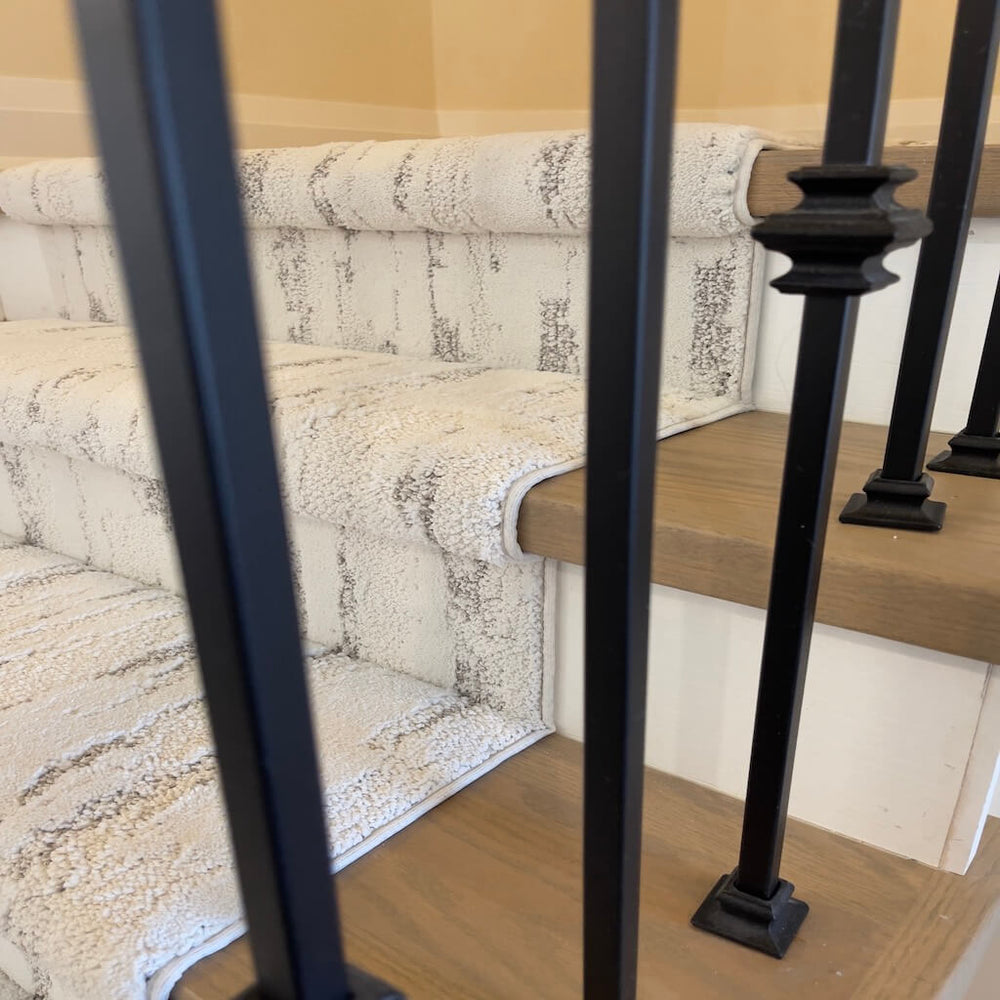
Pet Perfect & Pet Protected Stair Runners
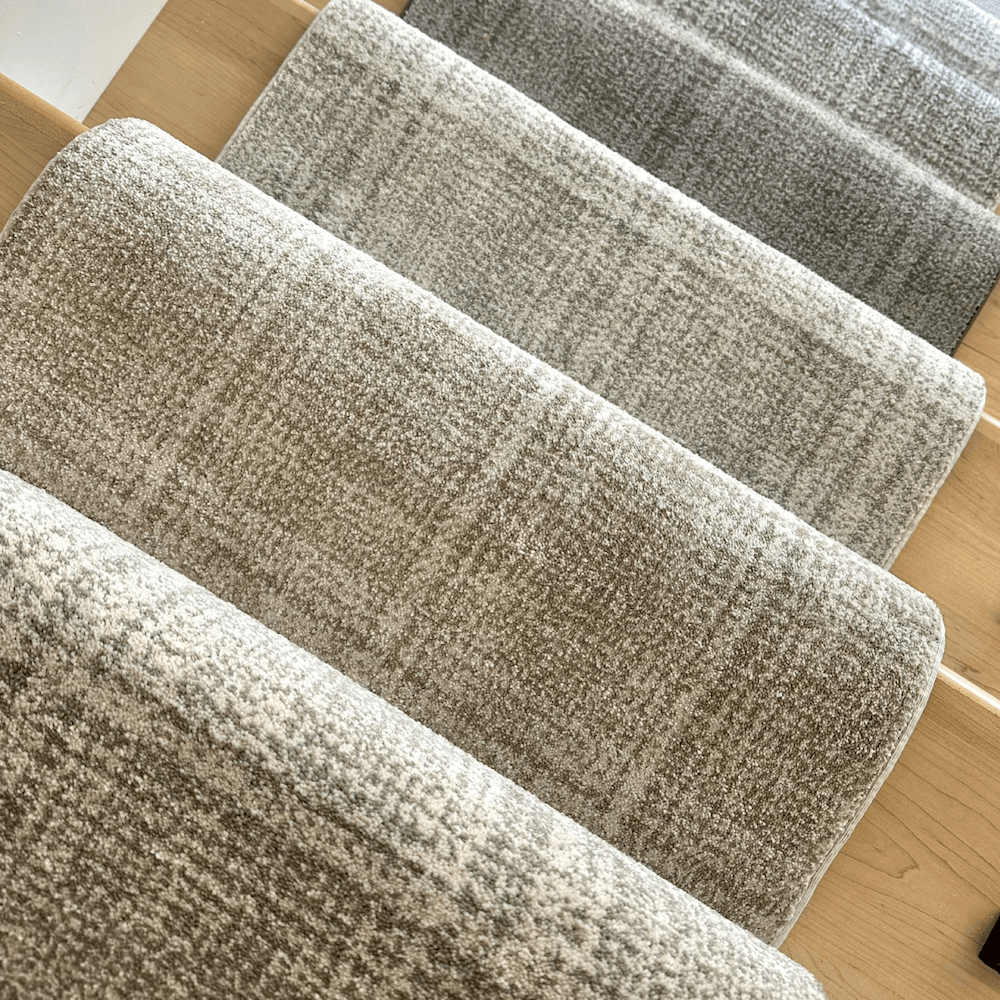
🐾 EVERY STAIR RUNNER PURCHASED HELPS A DOG IN NEED
✅ Join the DIY Stair Runner Makeover Challenge WIN your purchase; a new winner is crowned every 90 days 👑🎉
✅ Modern, durable & DIY-friendly stair runners with fast U.S. shipping 🚀
Helpful Tools
Family-Friendly + Stain Resistant
Upgrade your staircase with our Pet Perfect & Pet Protected Stair Runner Collection. Designed for American households with furry friends, these runners combine comfort, durability, and style — so you don’t have to sacrifice looks for practicality.
✅ Pet-Friendly Design – built to resist scratches, stains, and daily wear from paws and claws.
✅ Easy to Clean – simple spot treatments or quick vacuuming keep them fresh.
✅ Made in the USA – durable fibers designed for lasting performance.
✅ Free Premium Underpad – included with every order for extra comfort and safety.
📏 Use our free Stair Runner Calculator to measure your stairs and order the perfect fit.
With superior traction and low-maintenance care, Pet Perfect & Pet Protected stair runners make your home safer for pets while keeping your staircase stylish and inviting.
👉 Discover more designs in our complete Stair Runner Collection available across the U.S.


